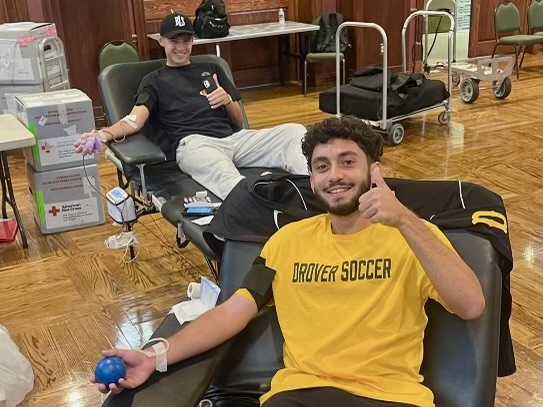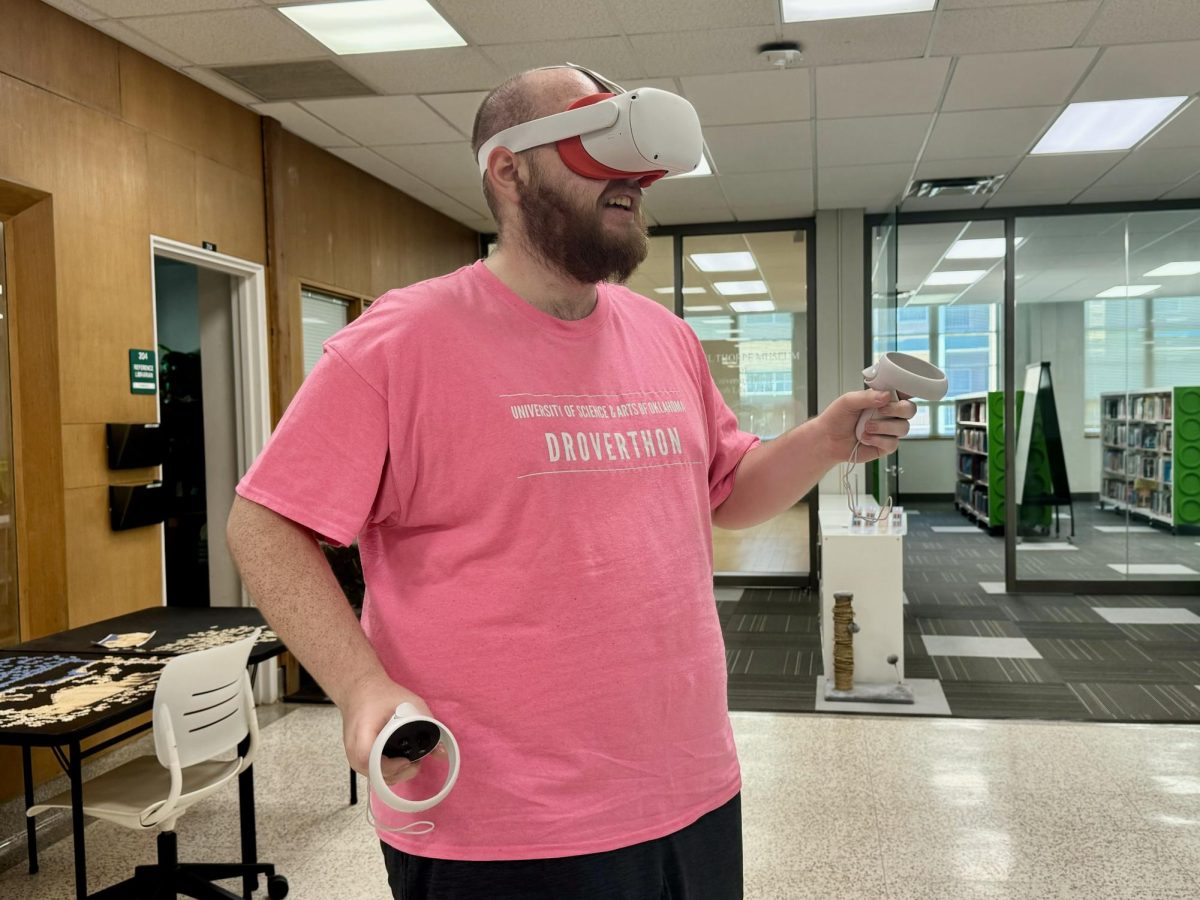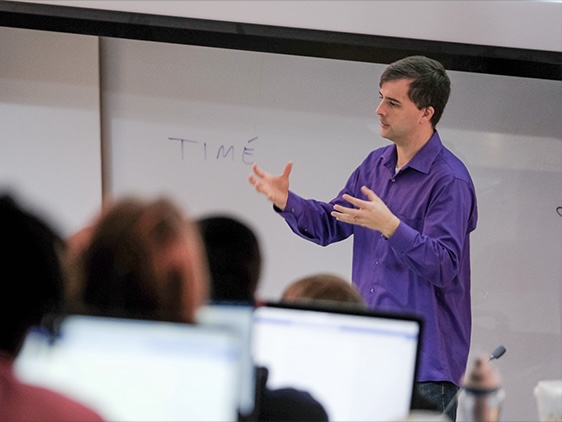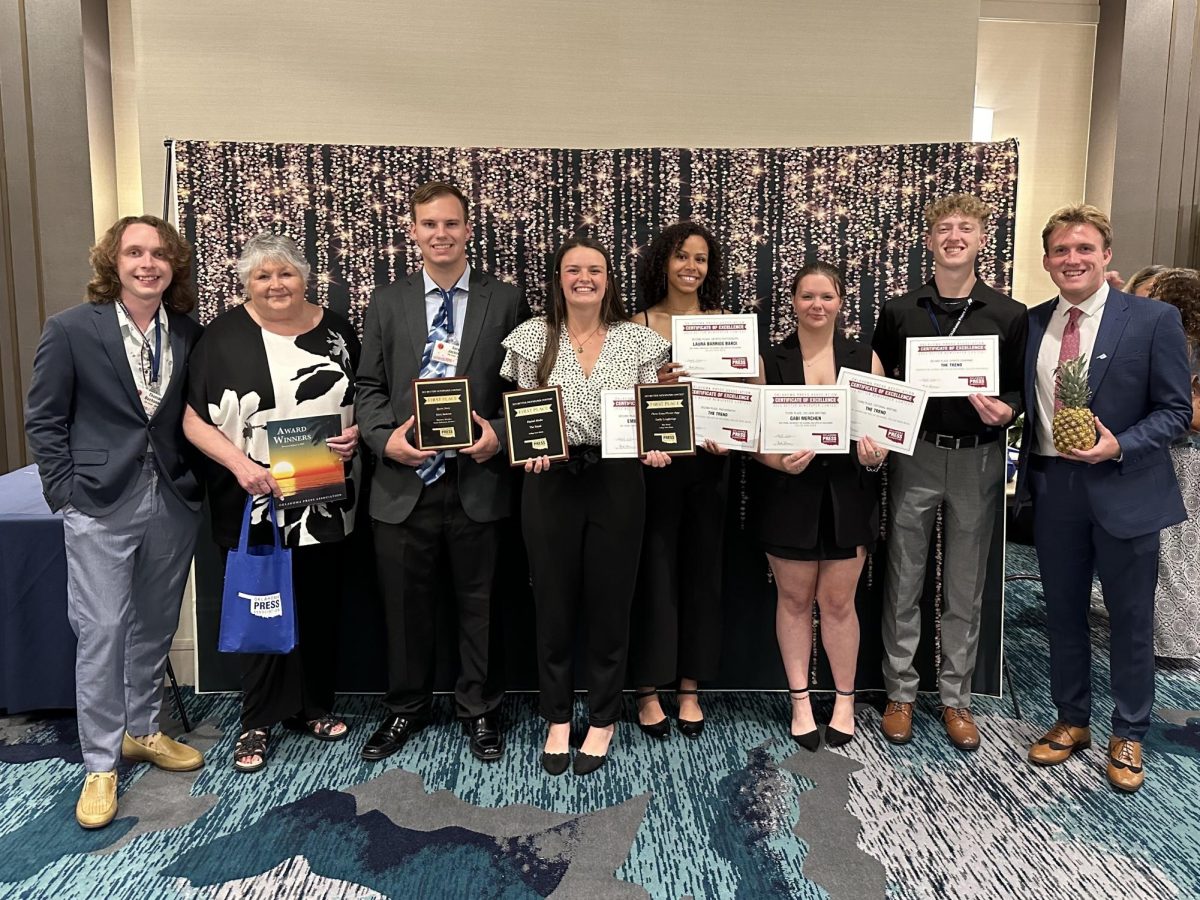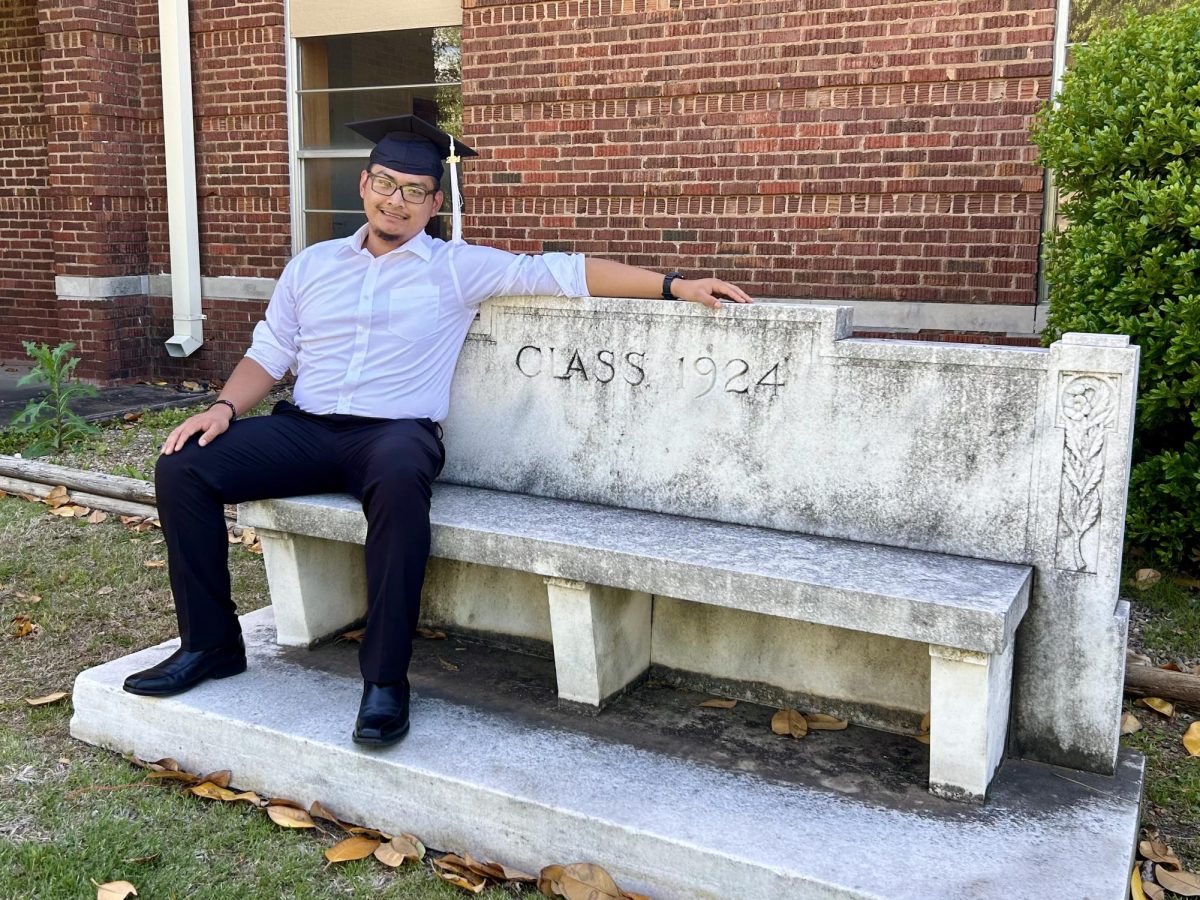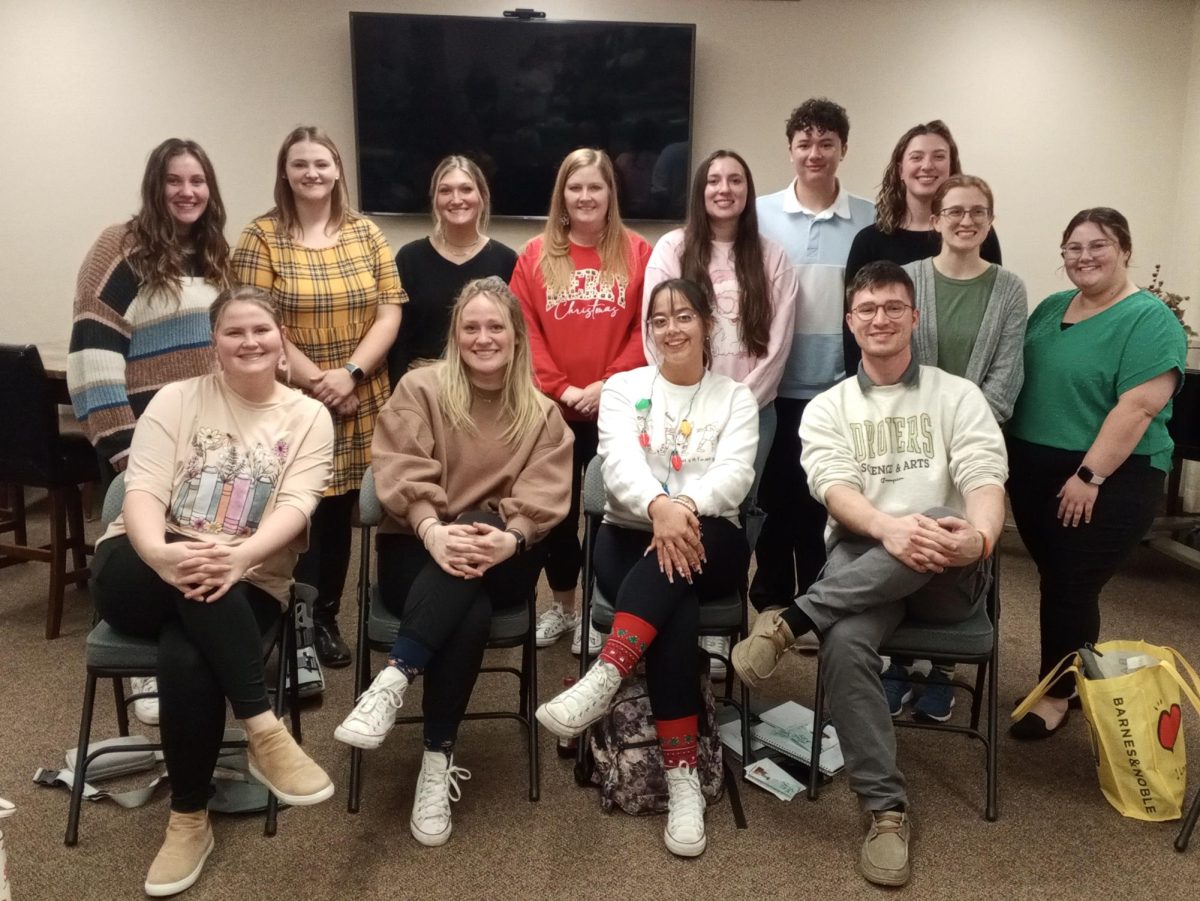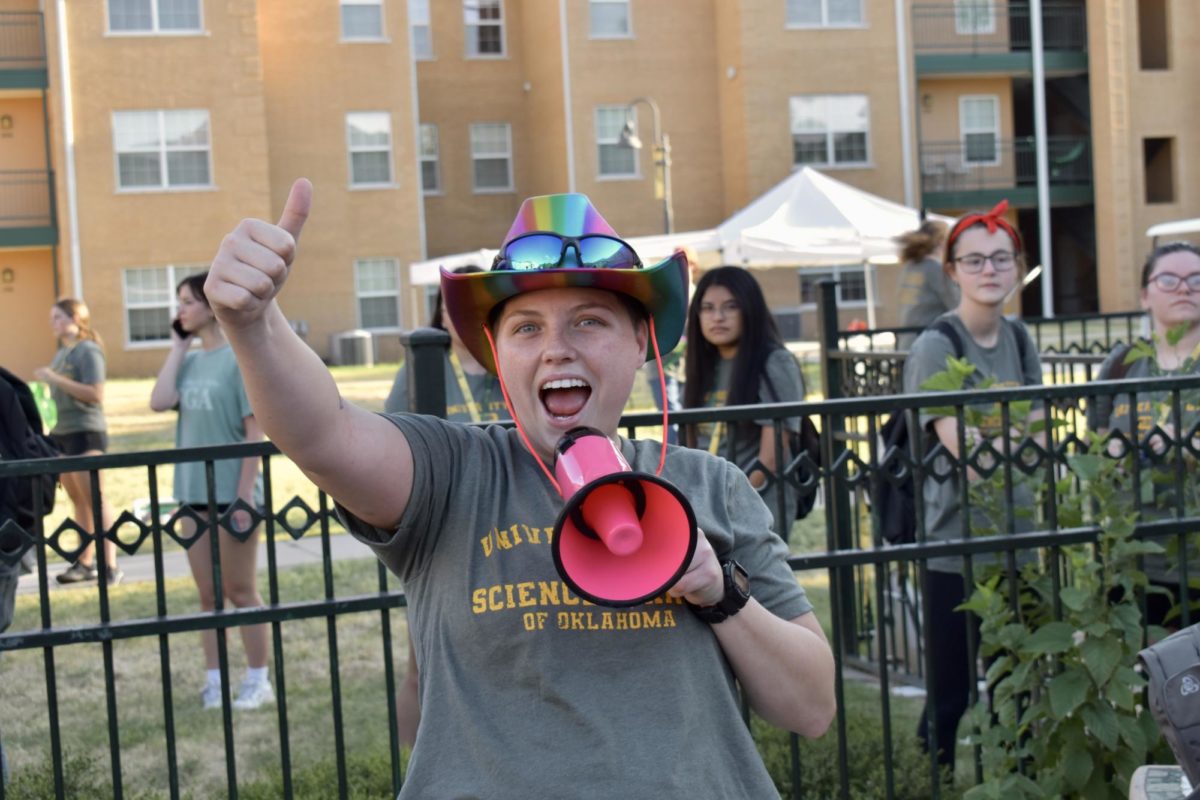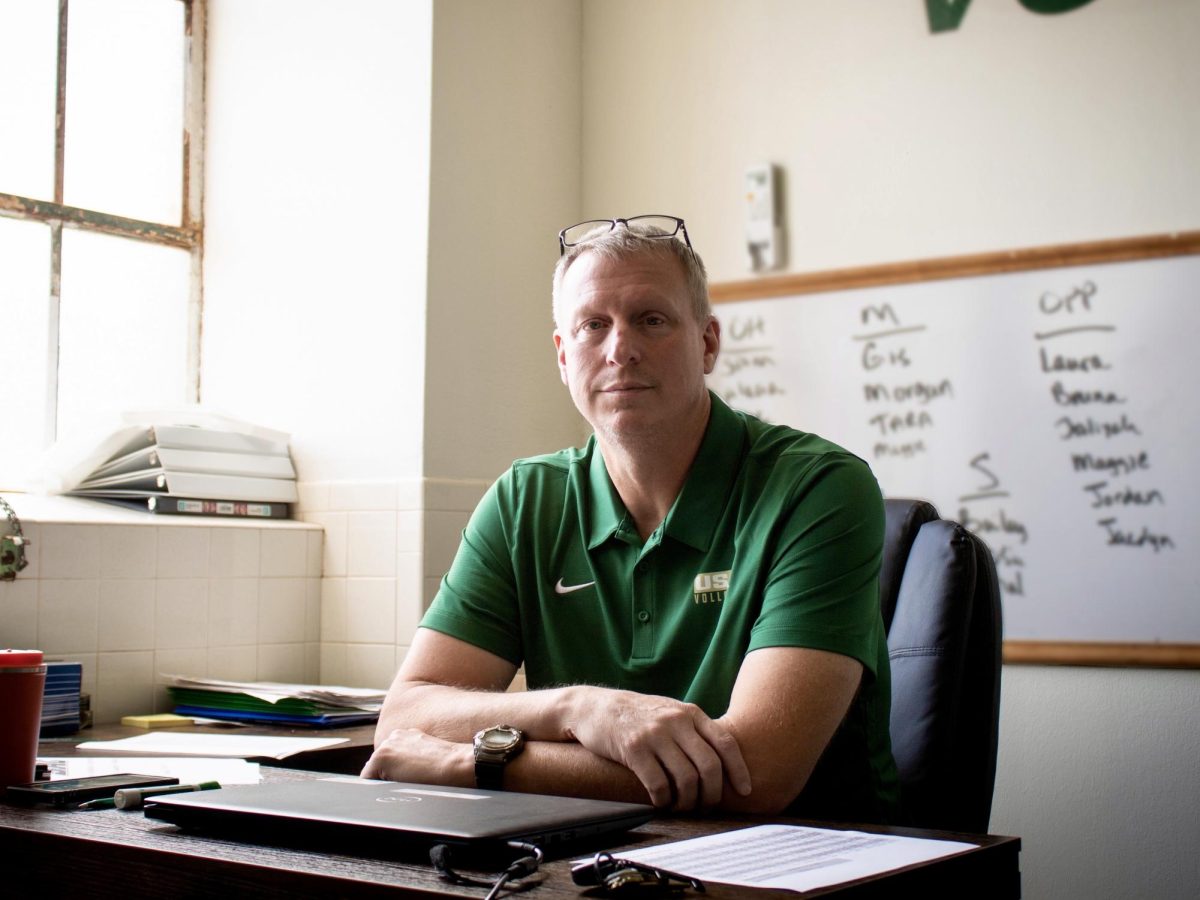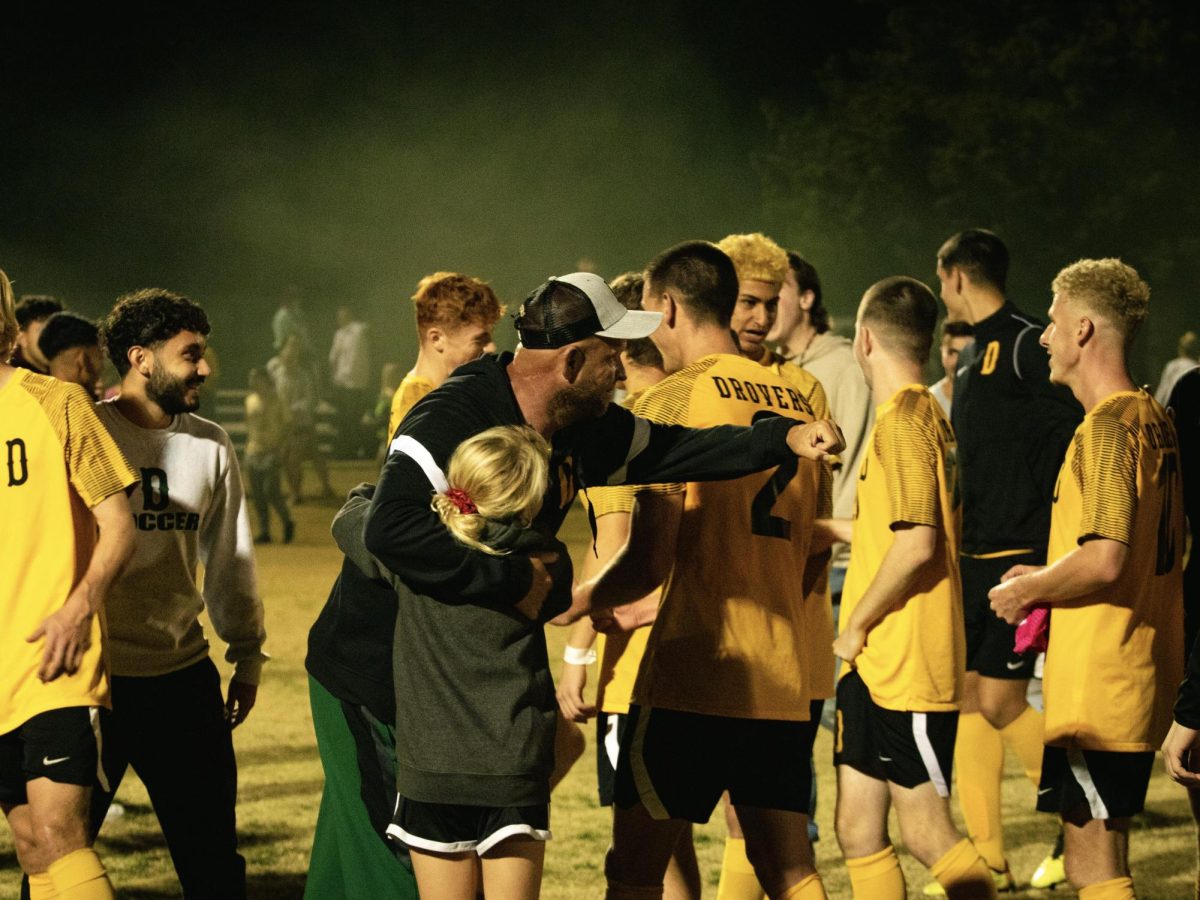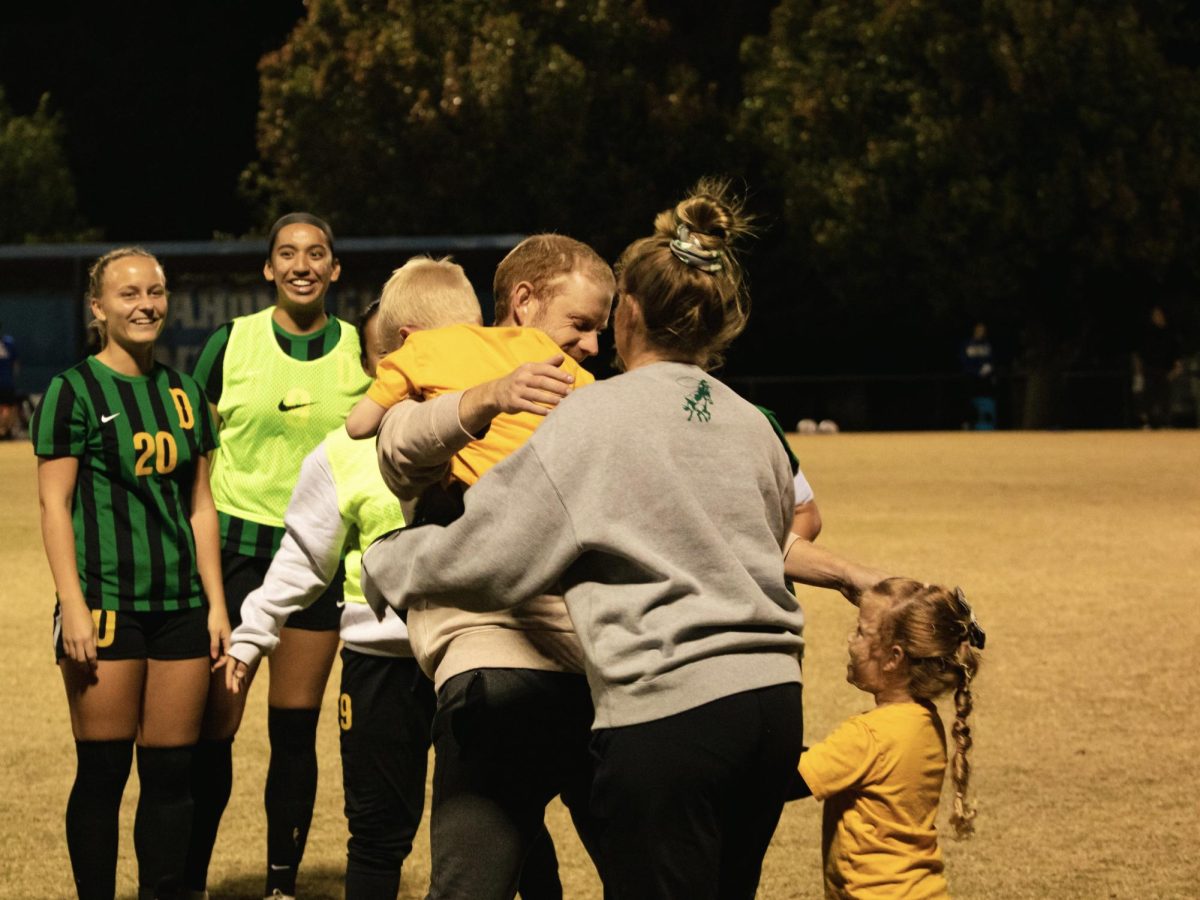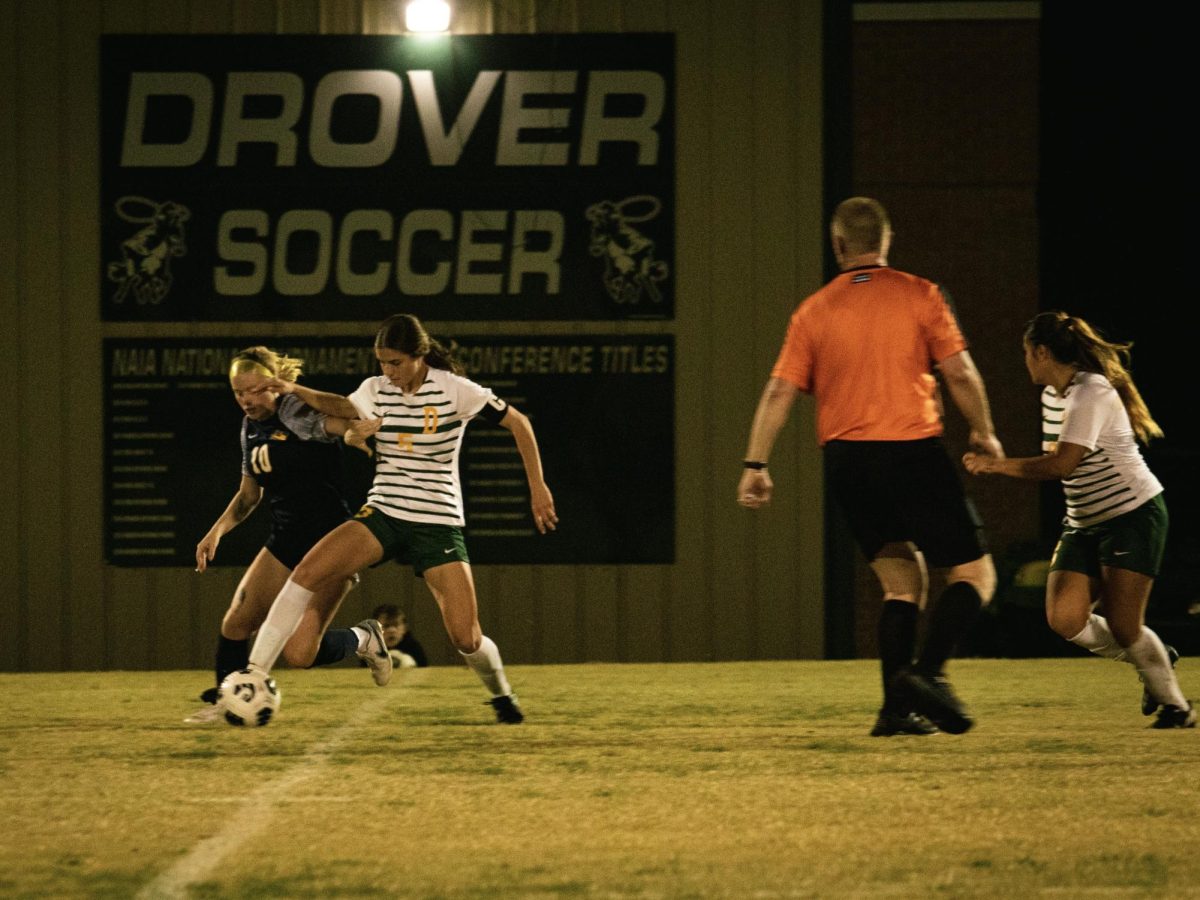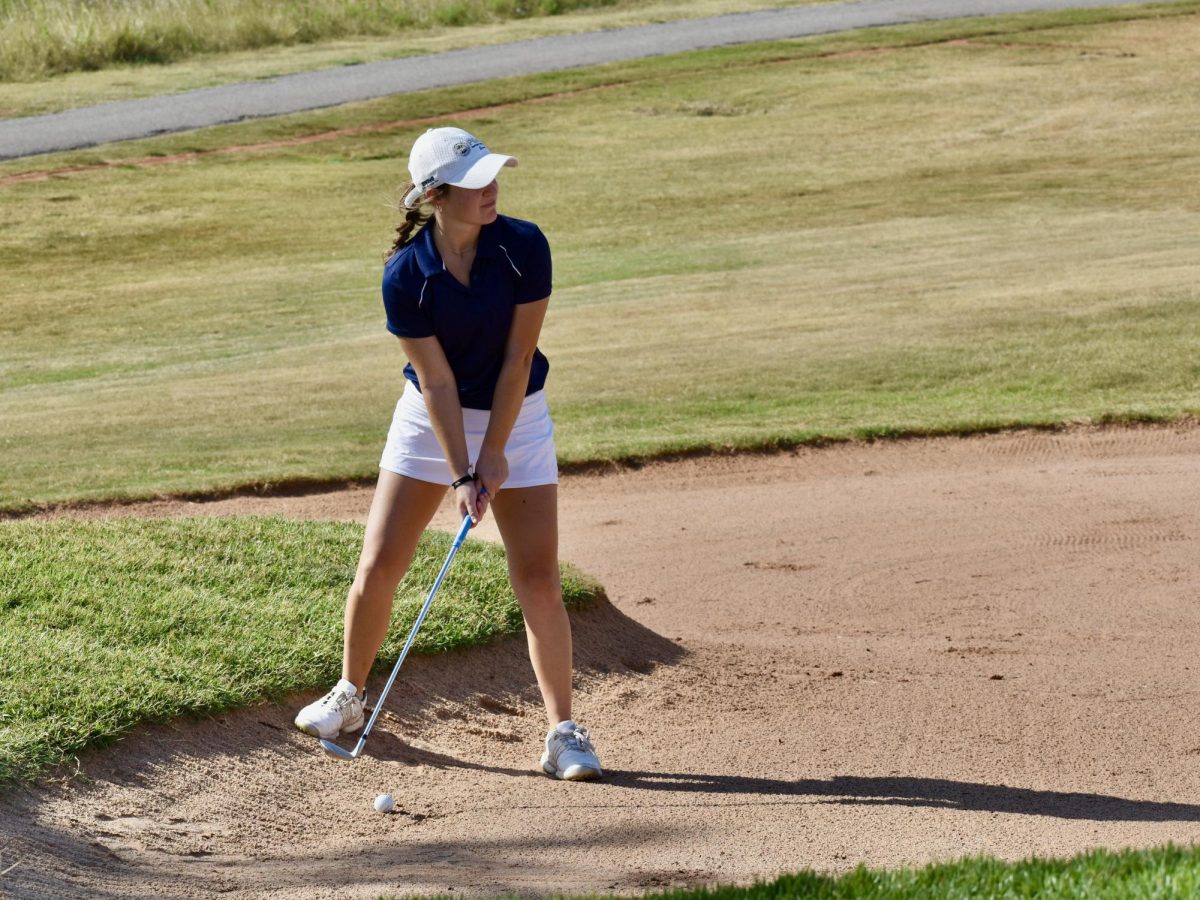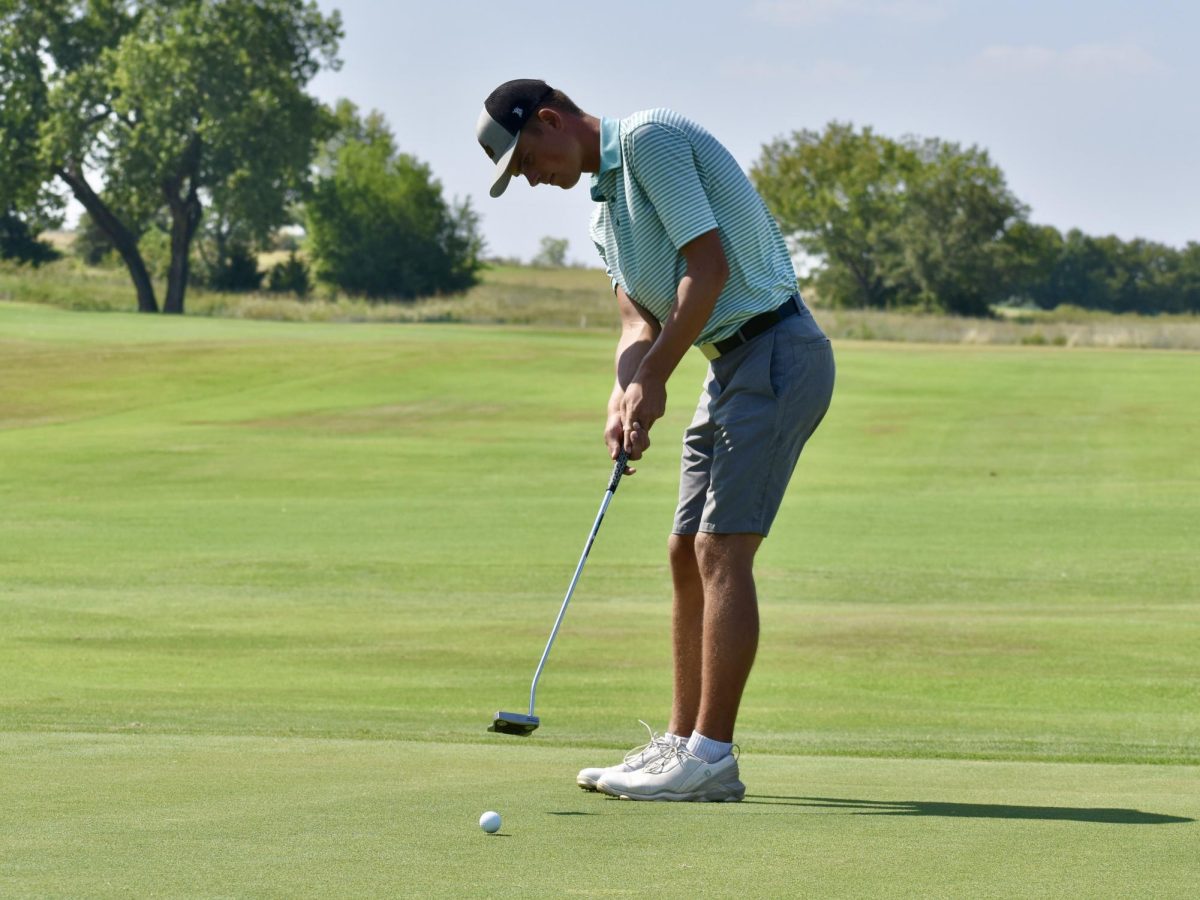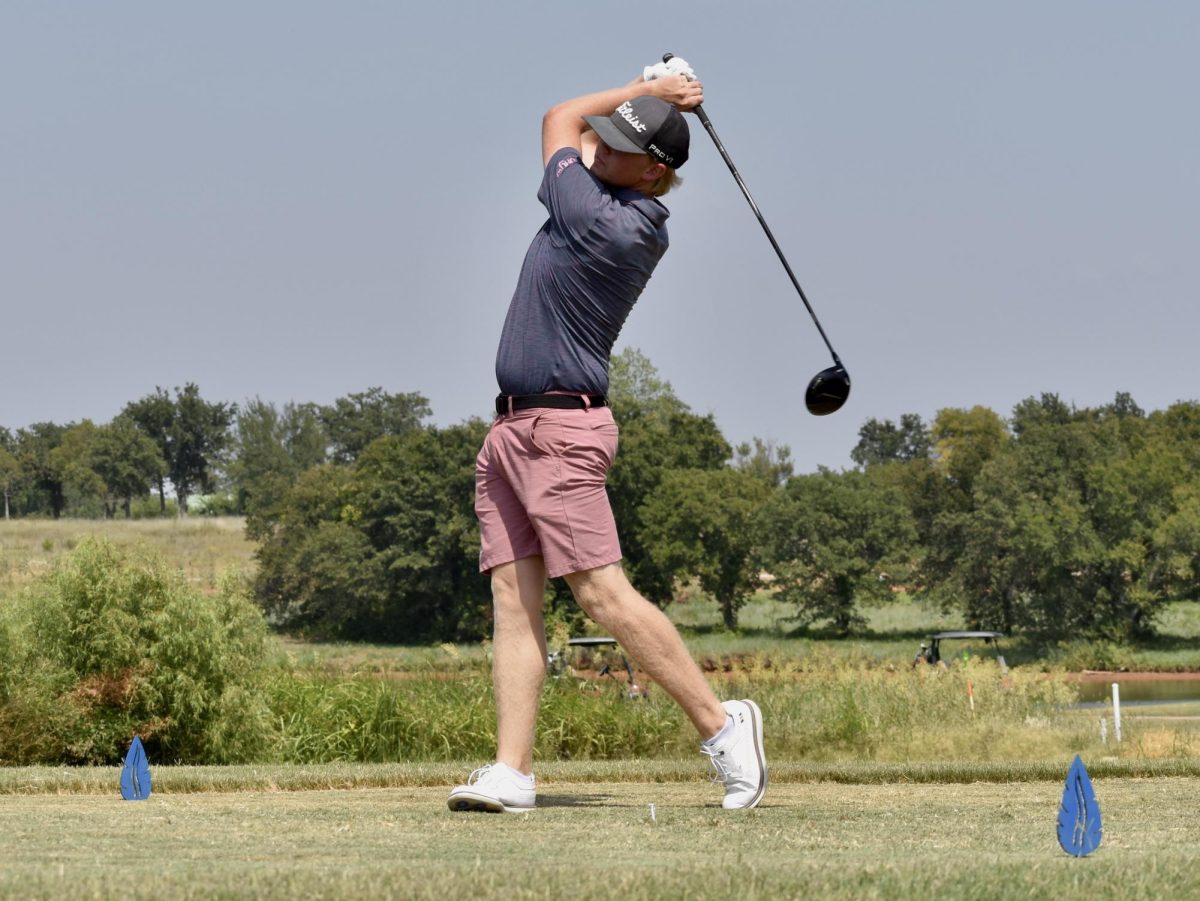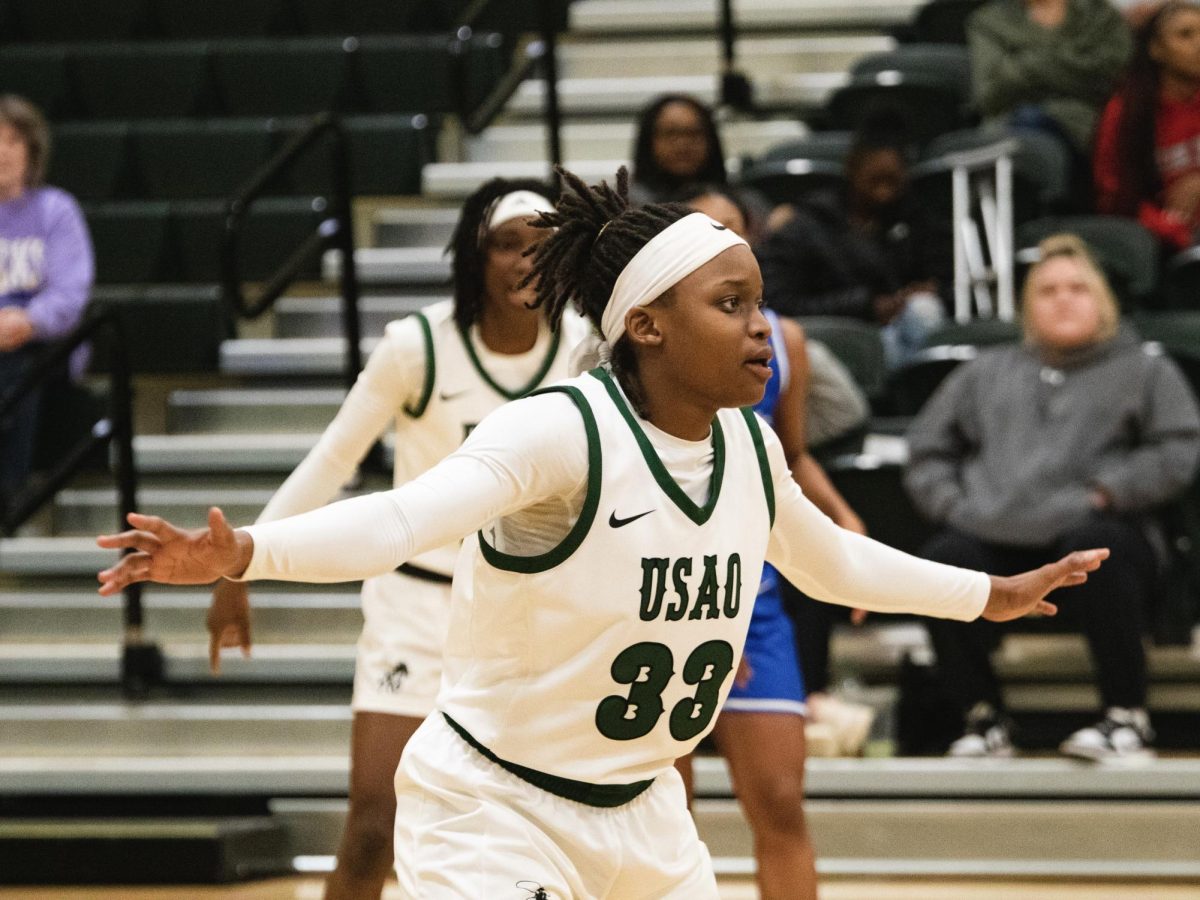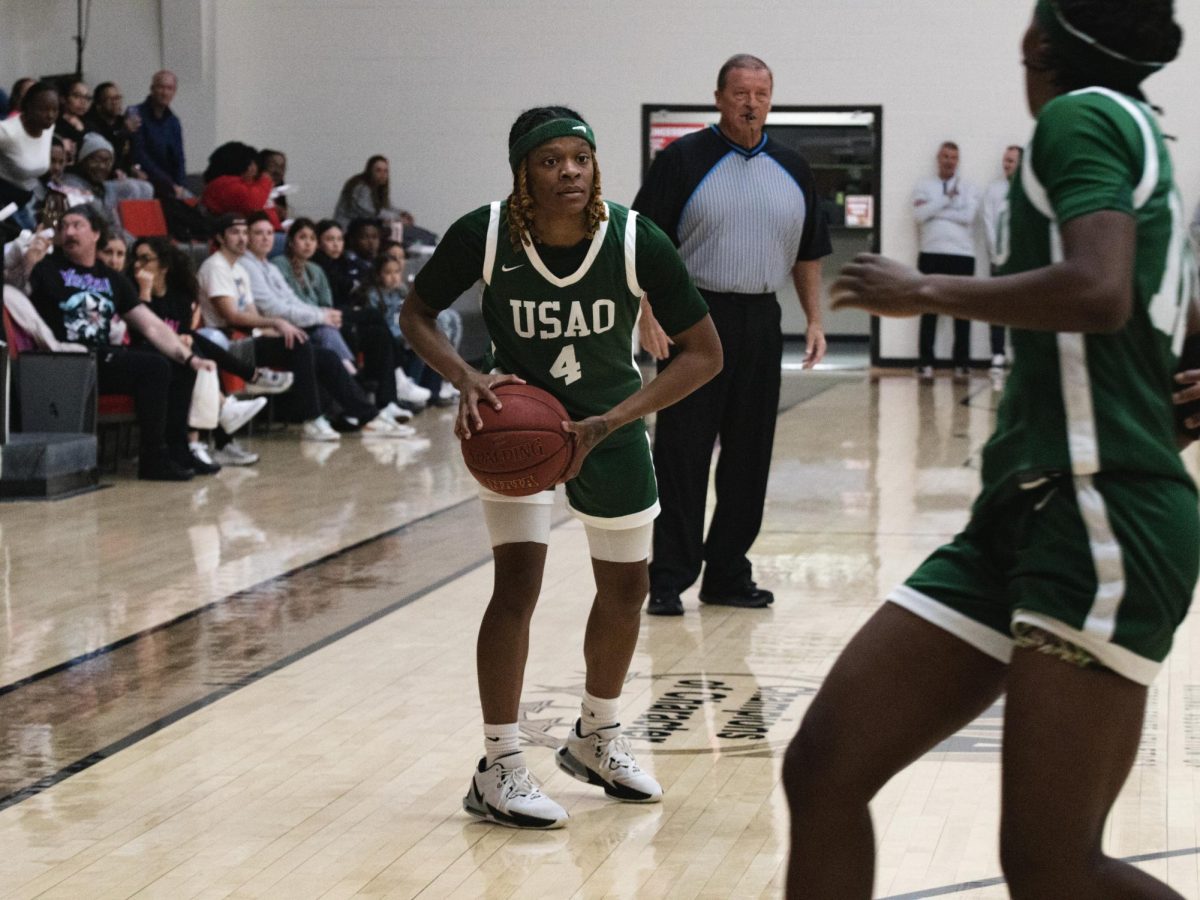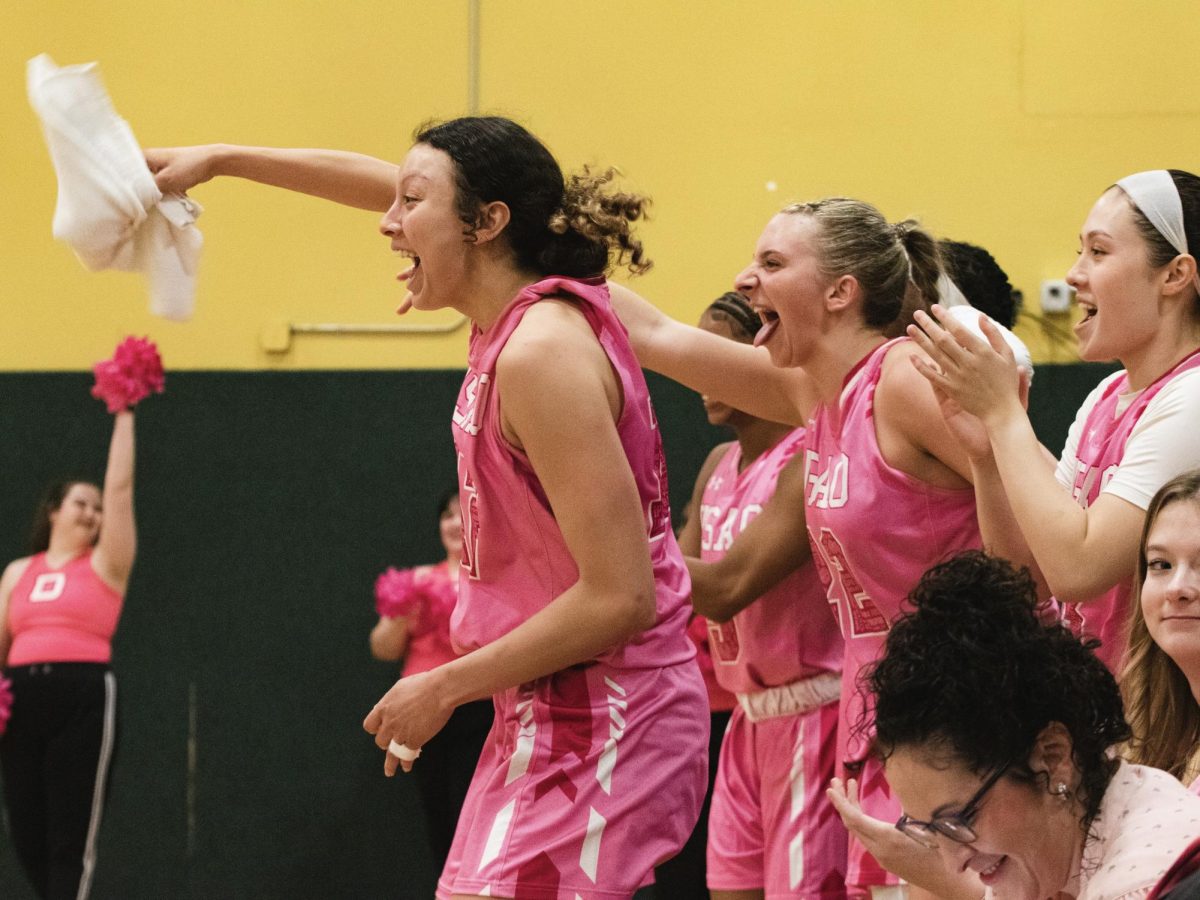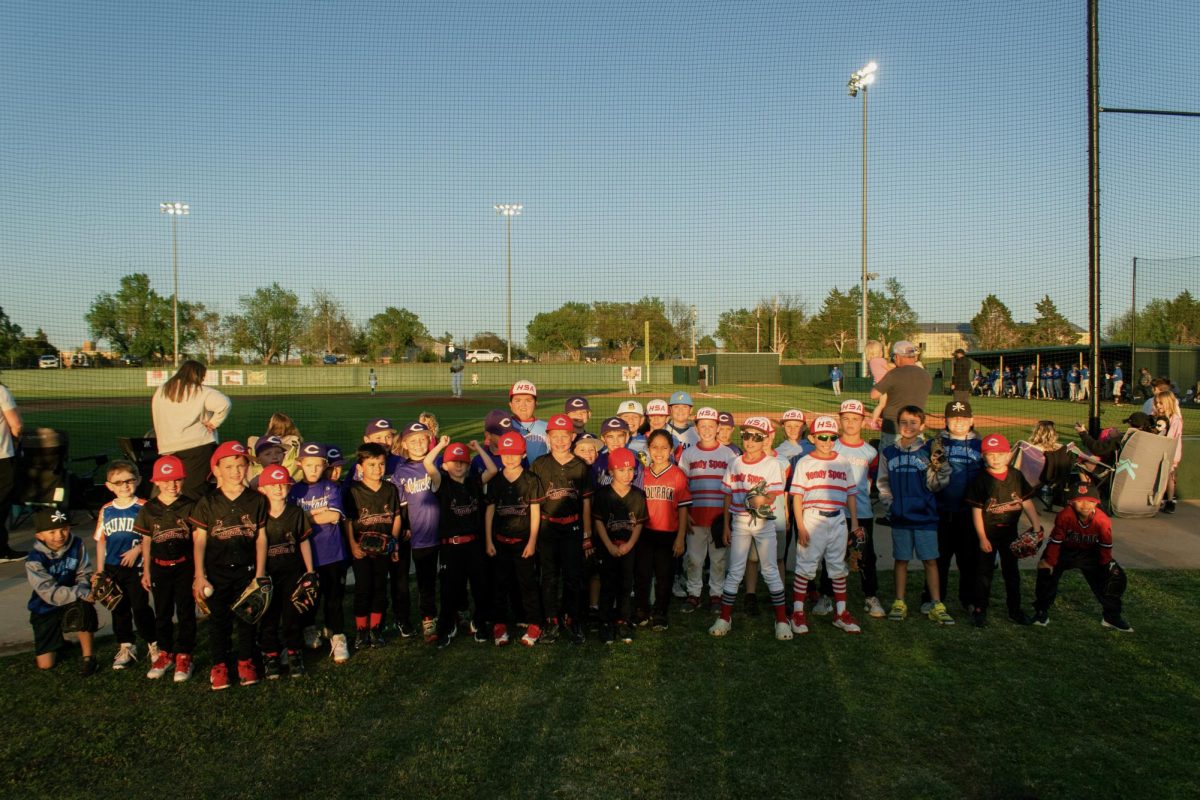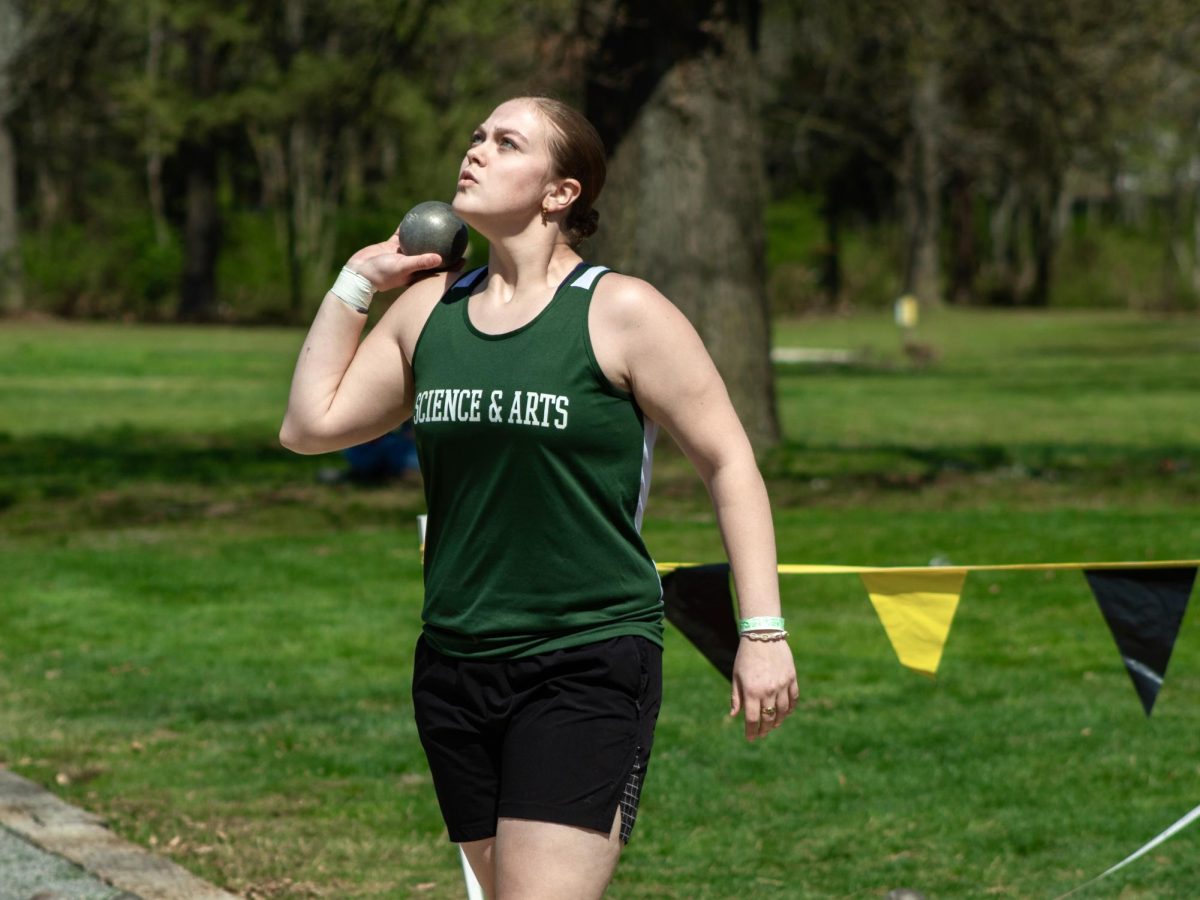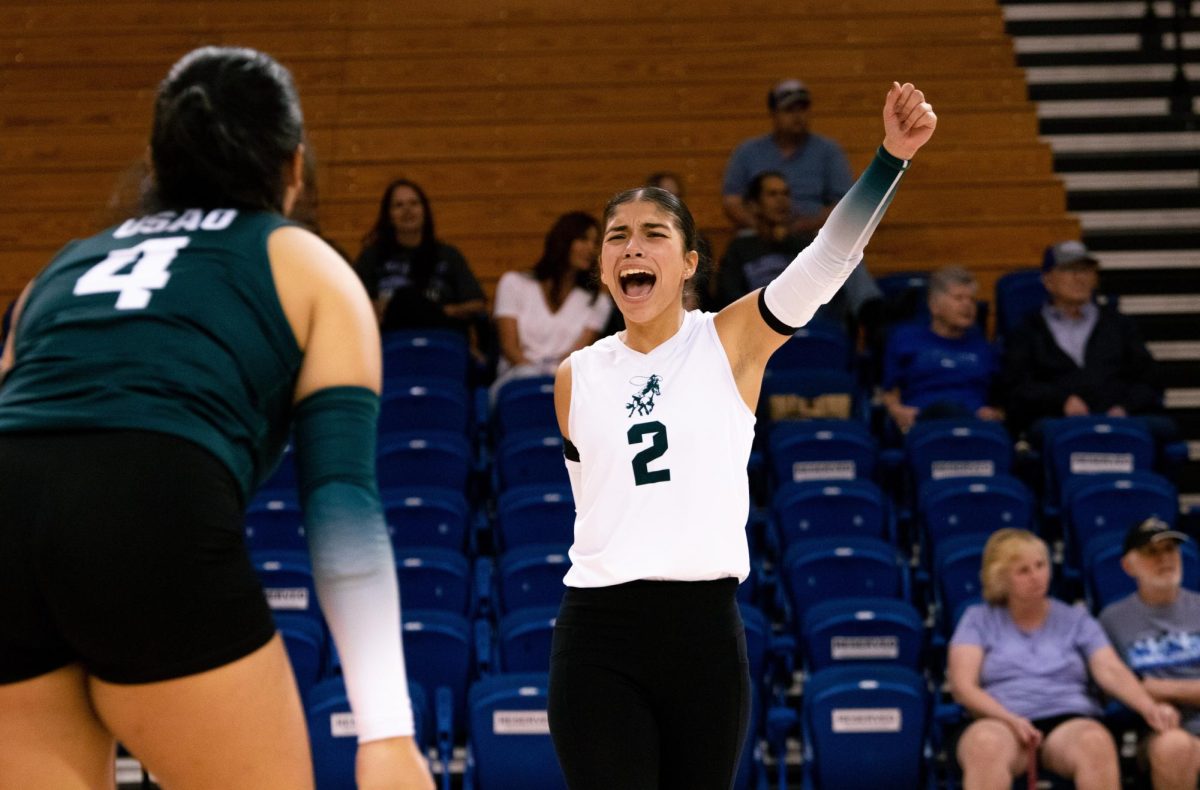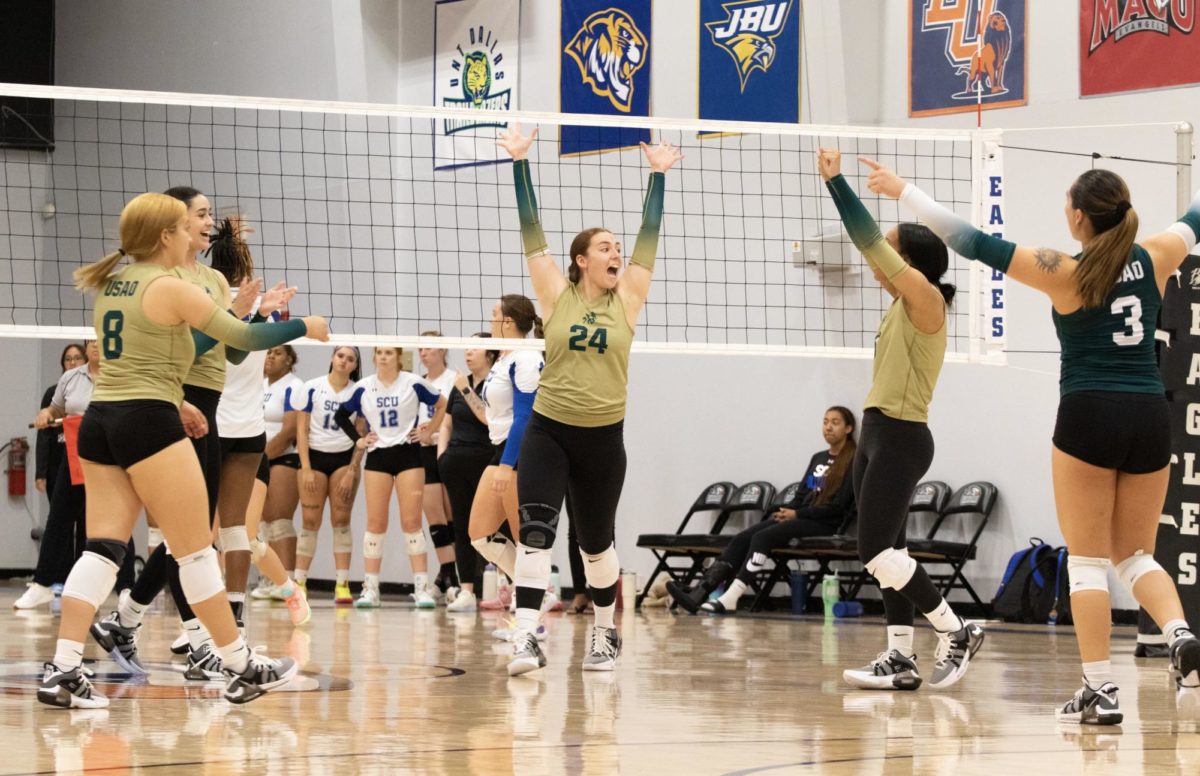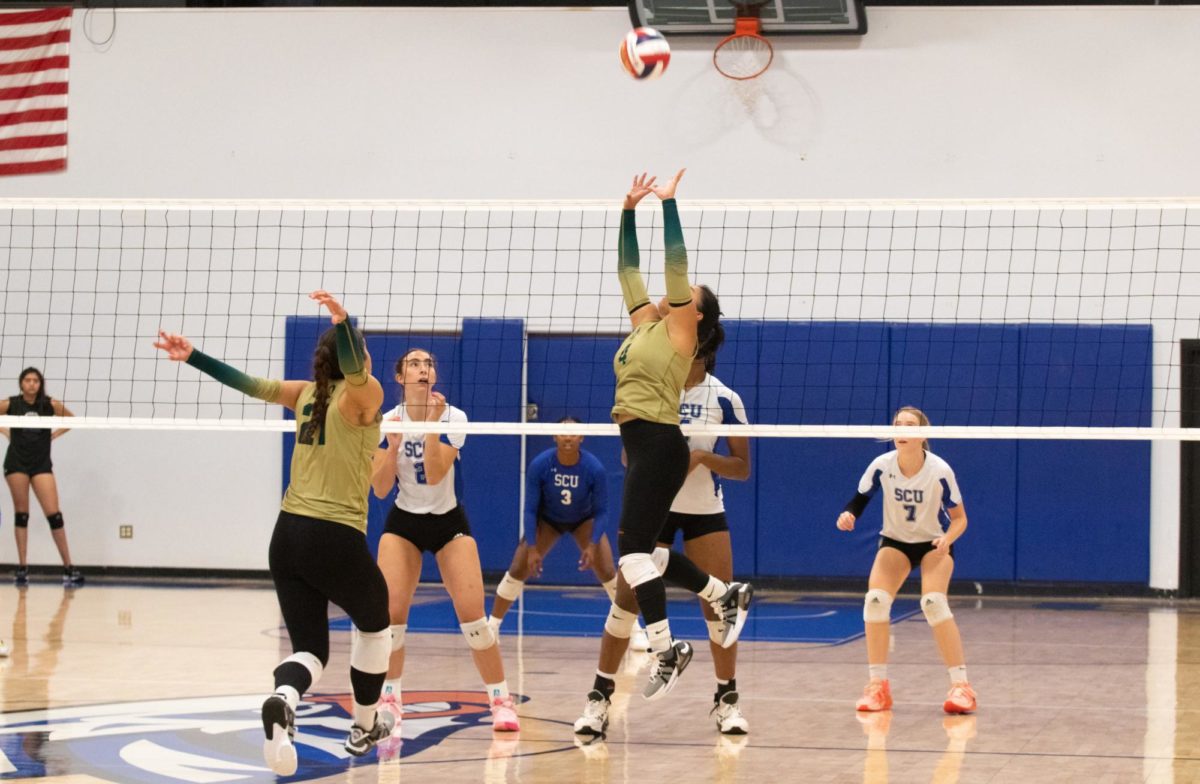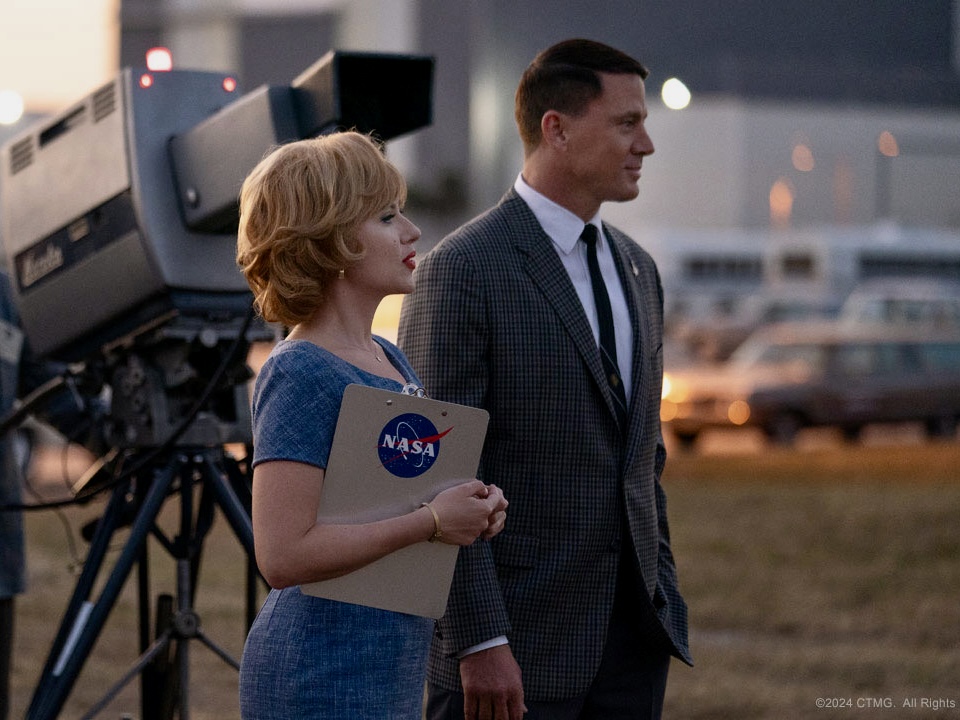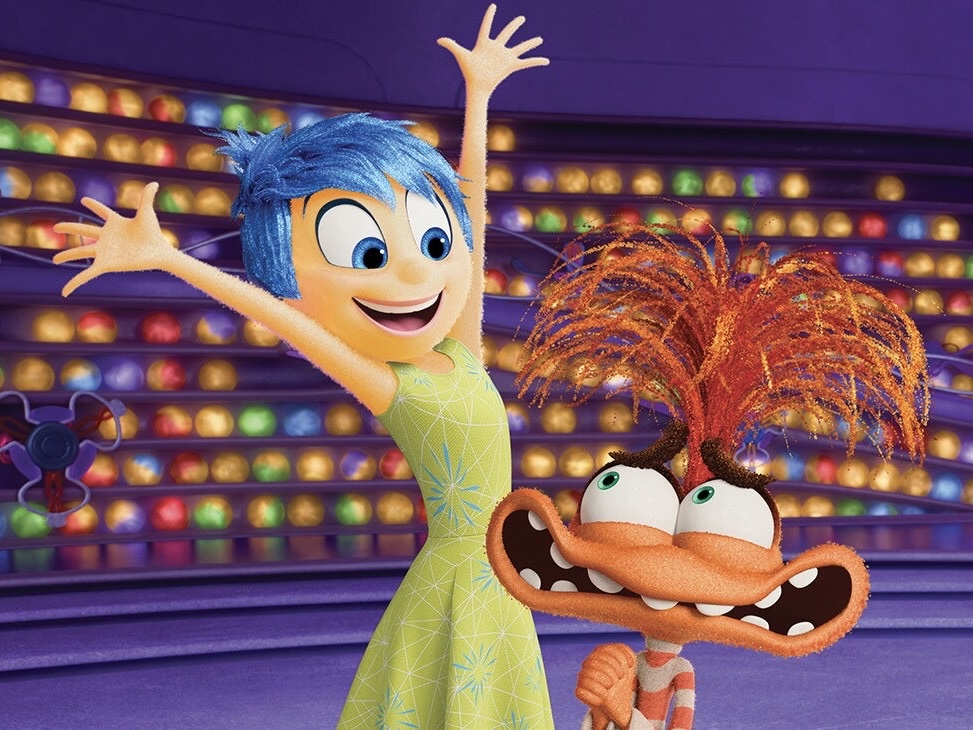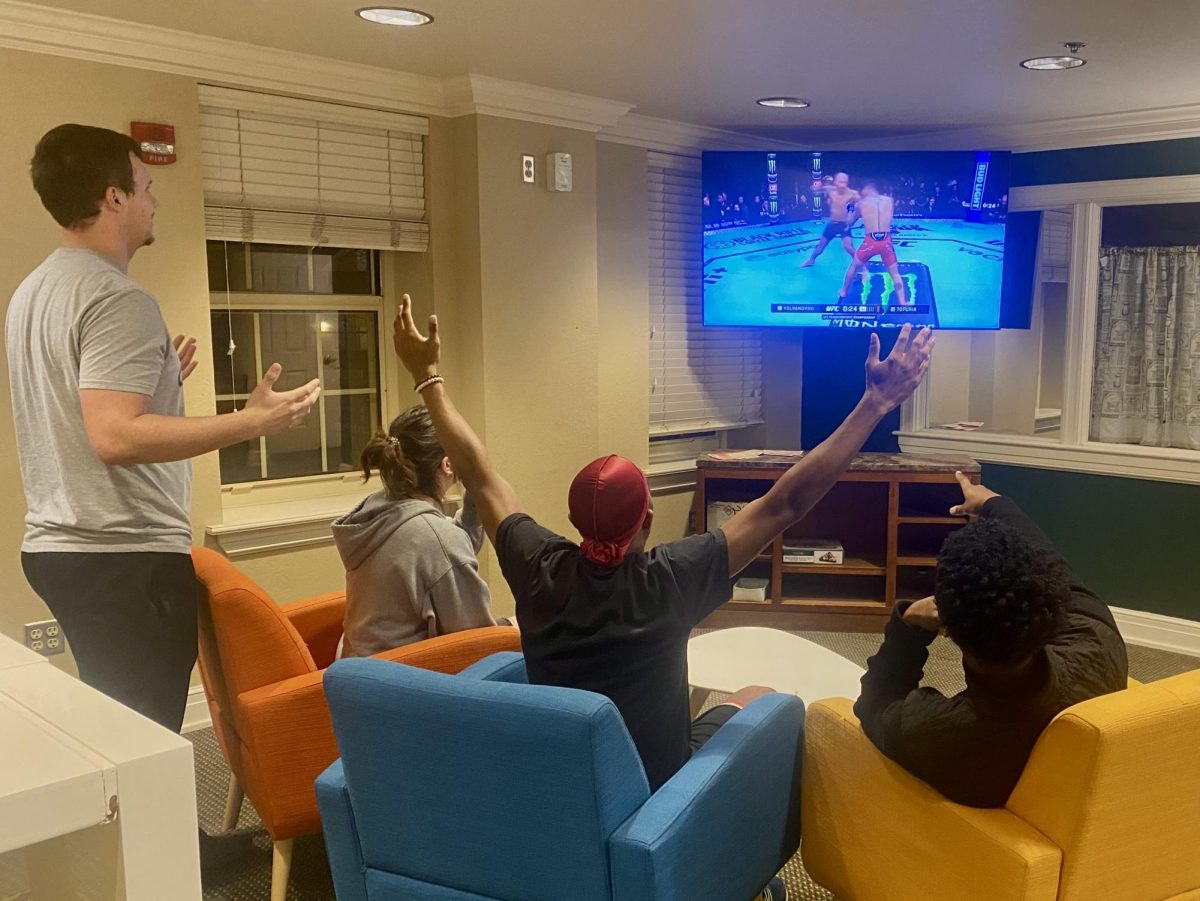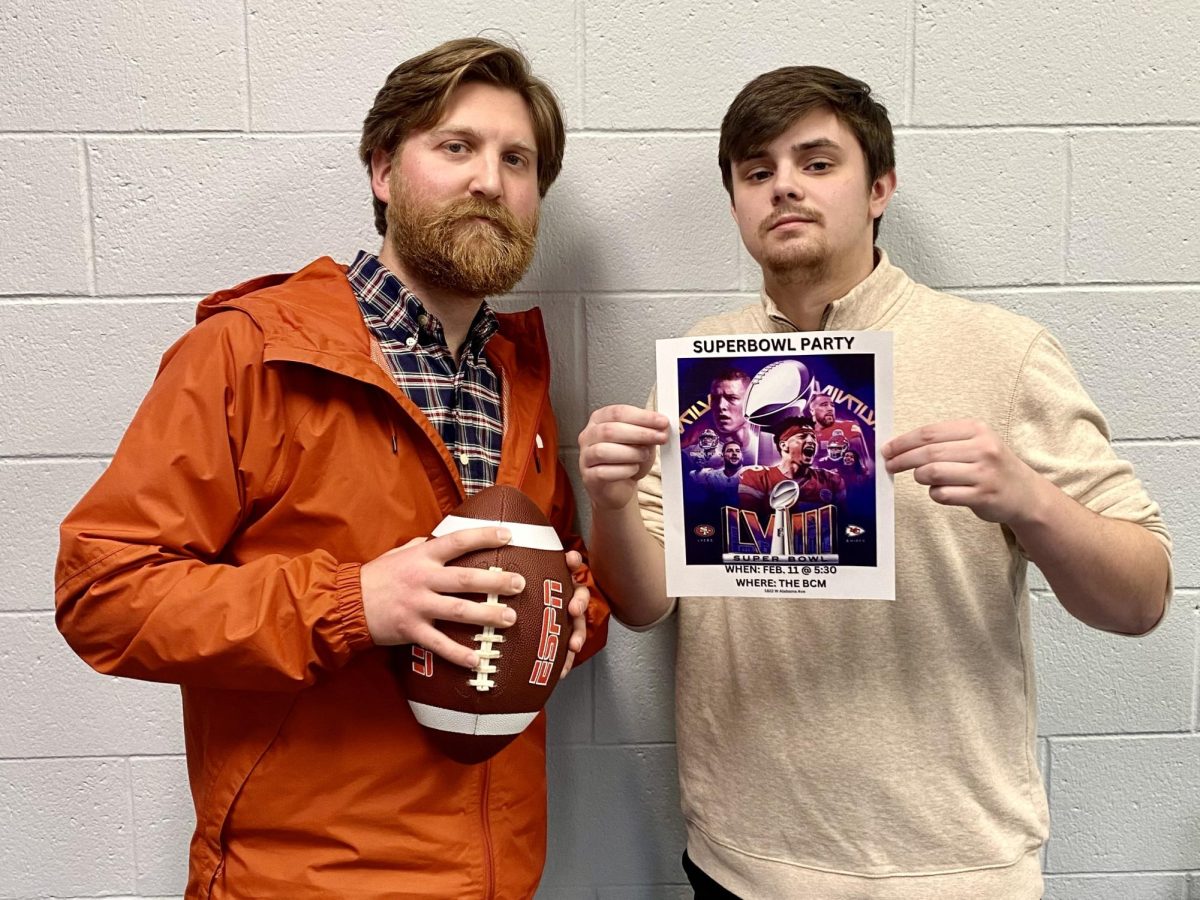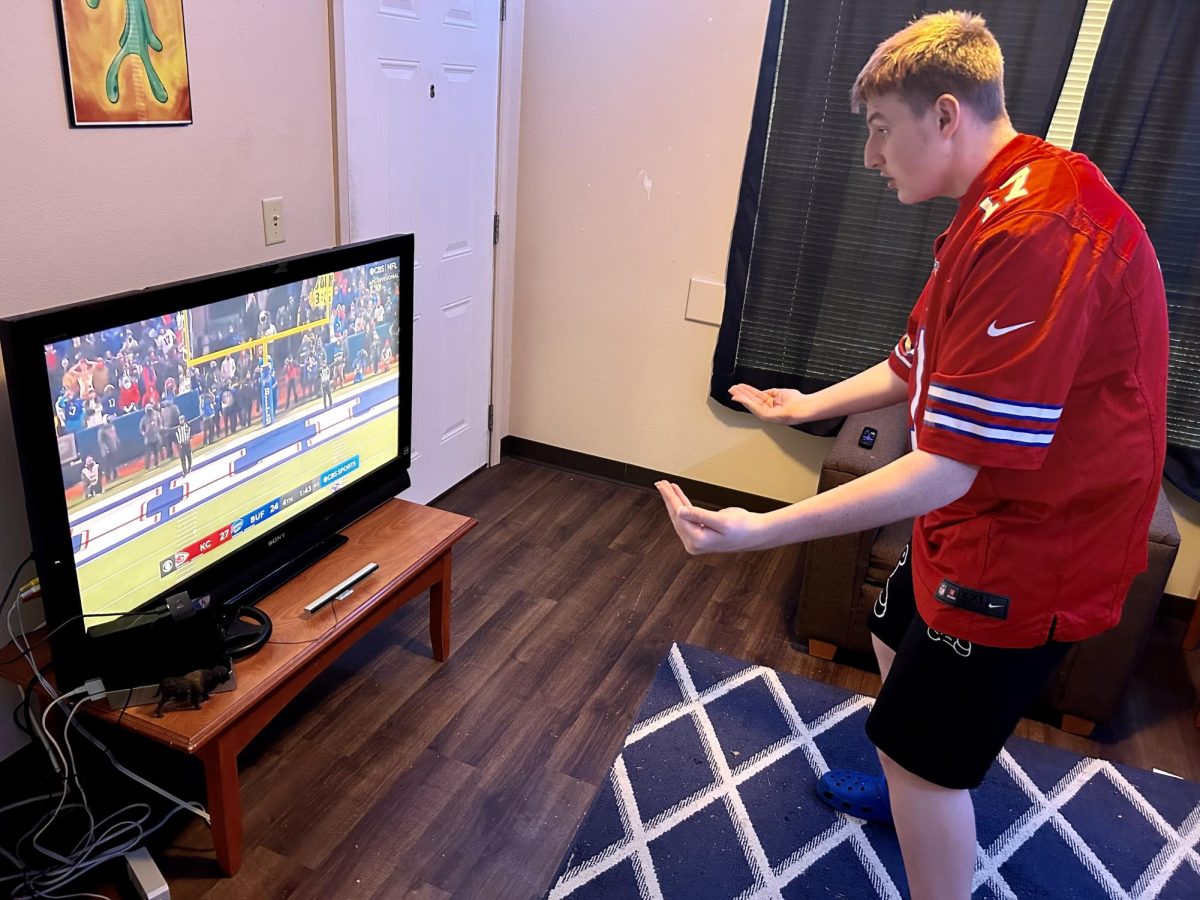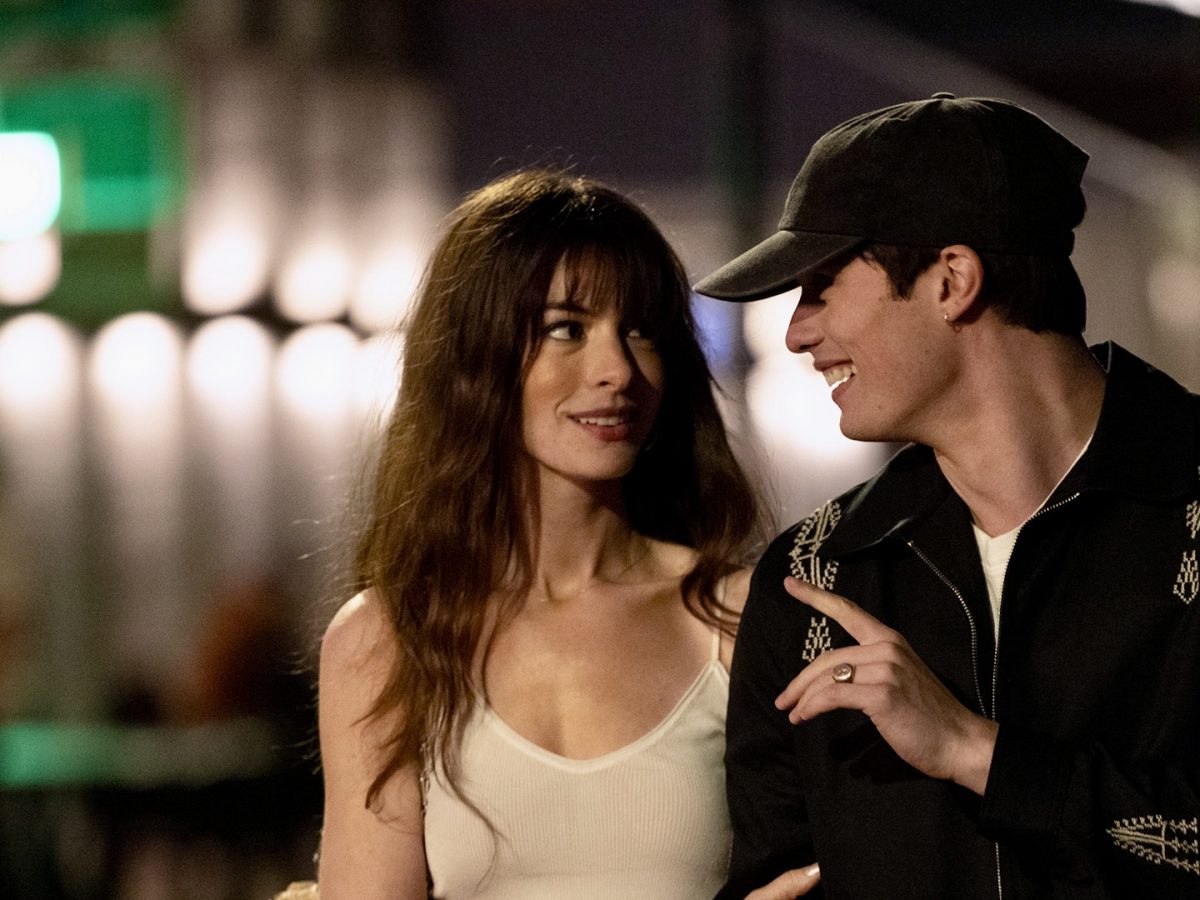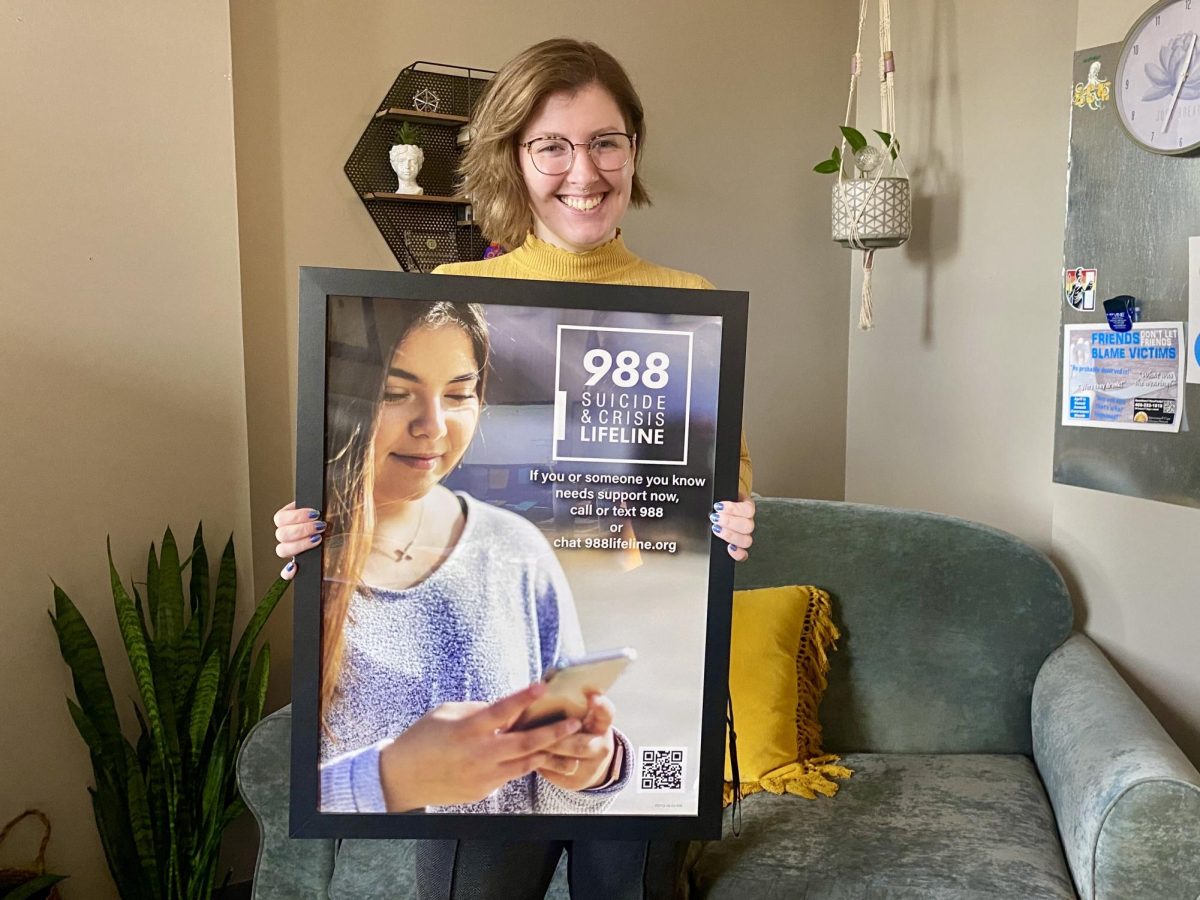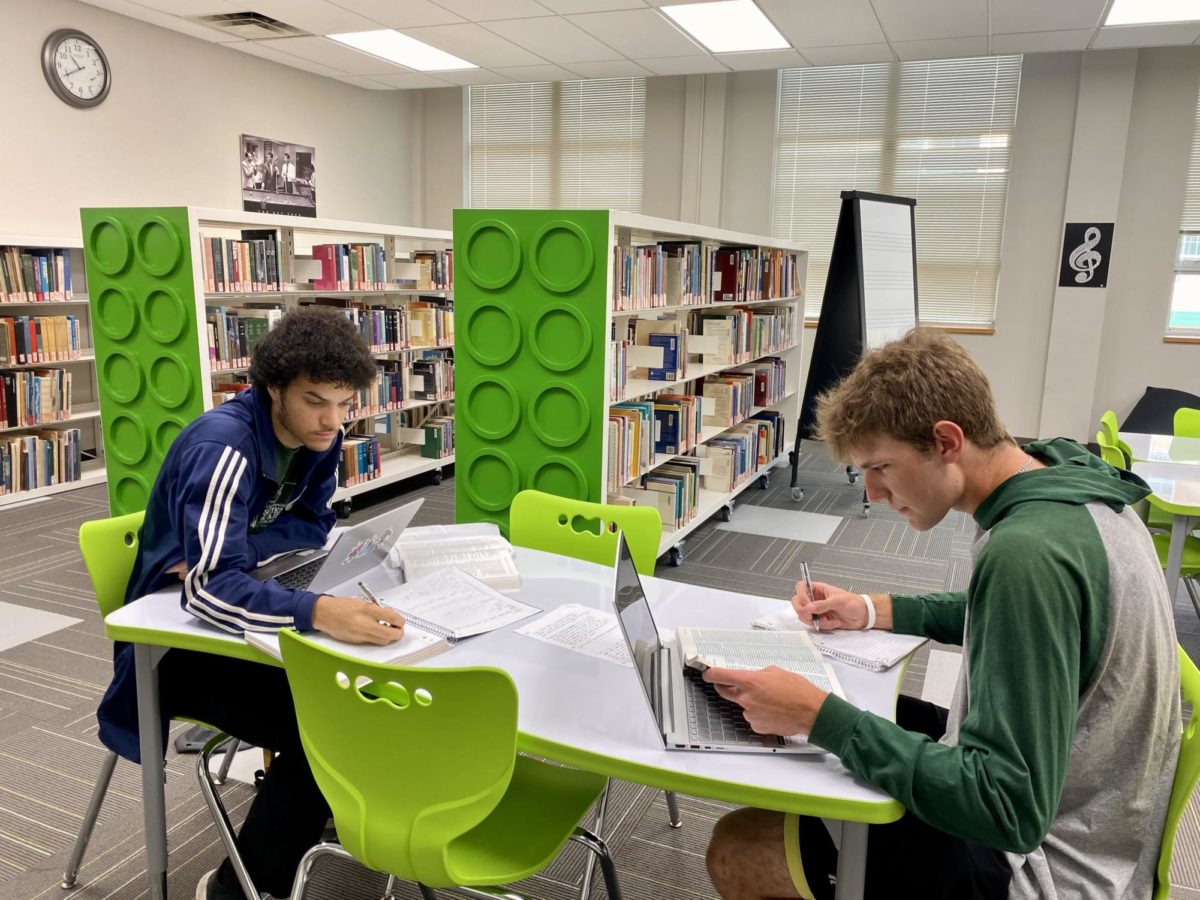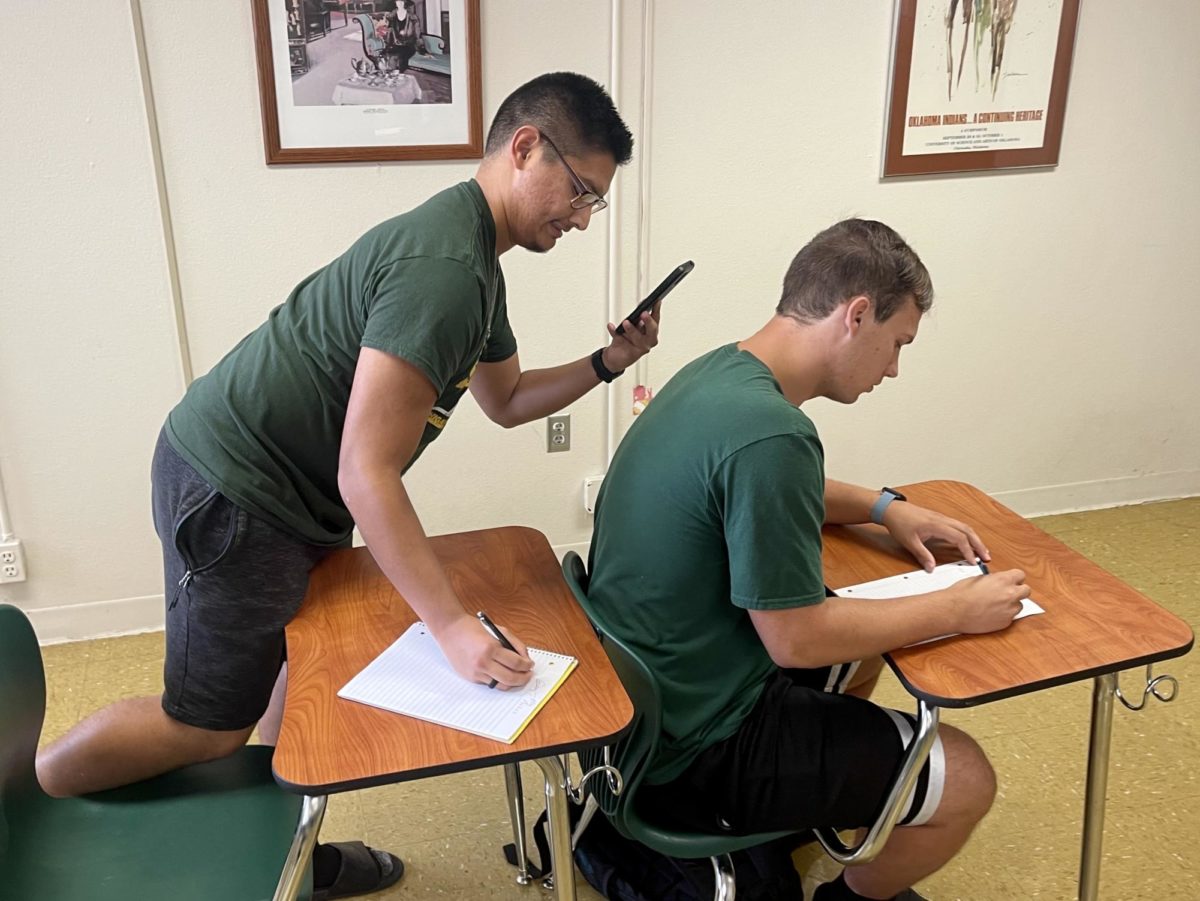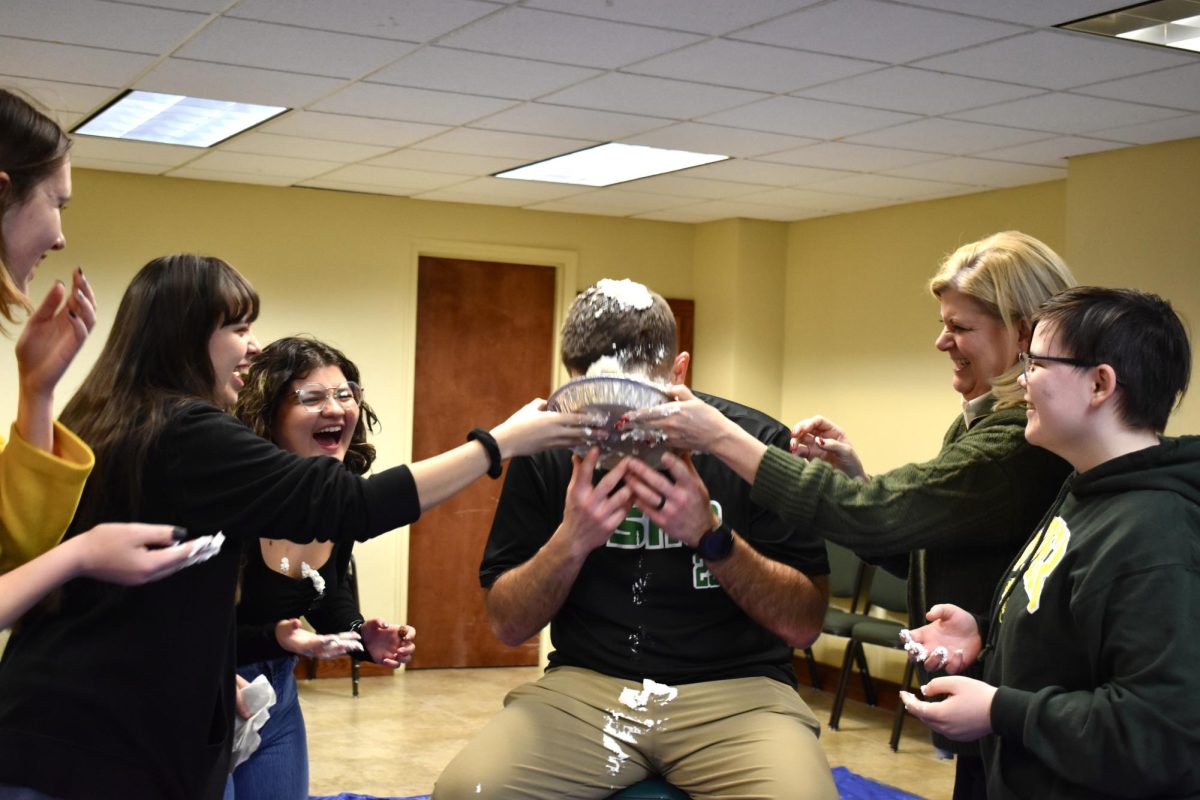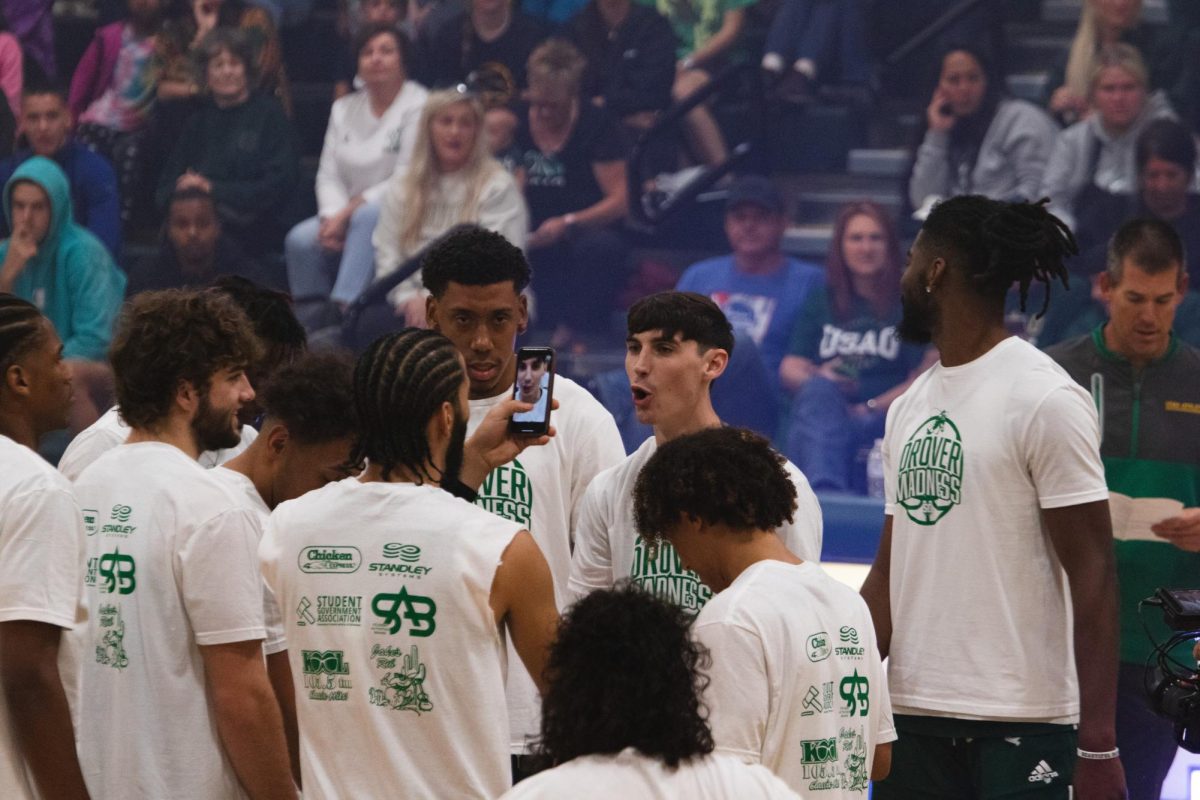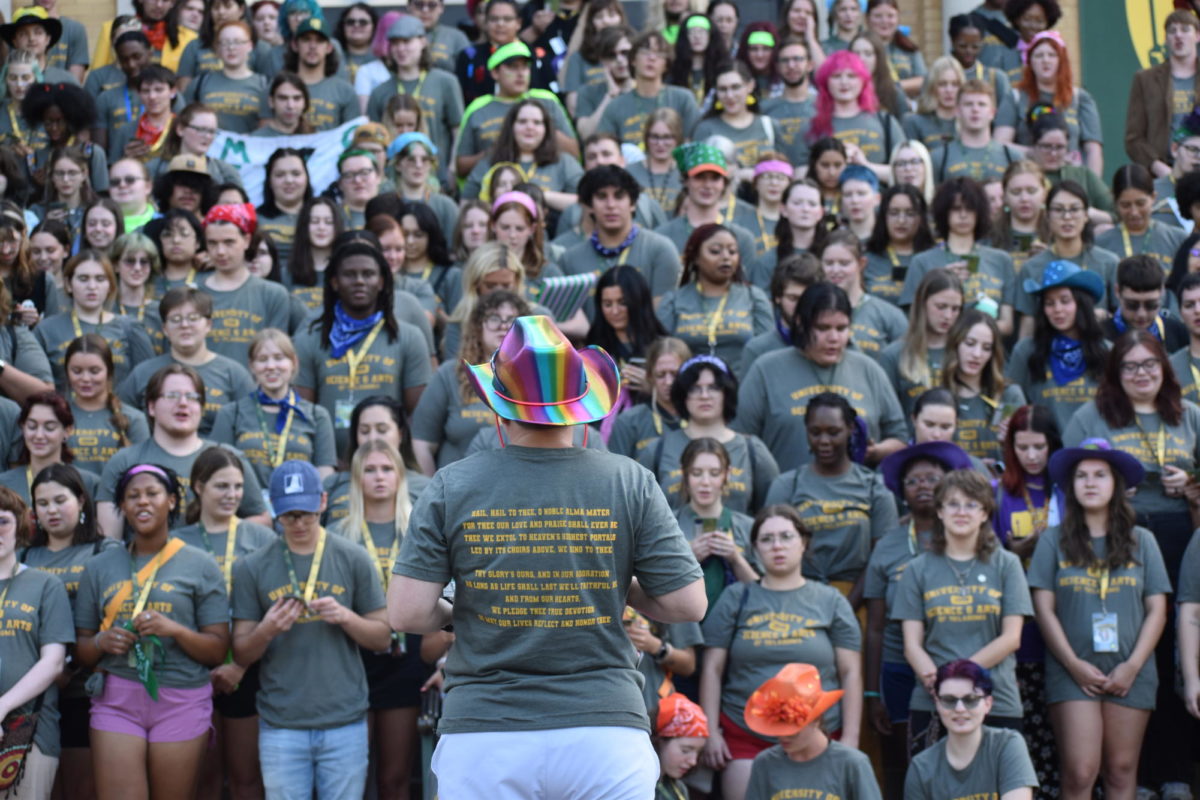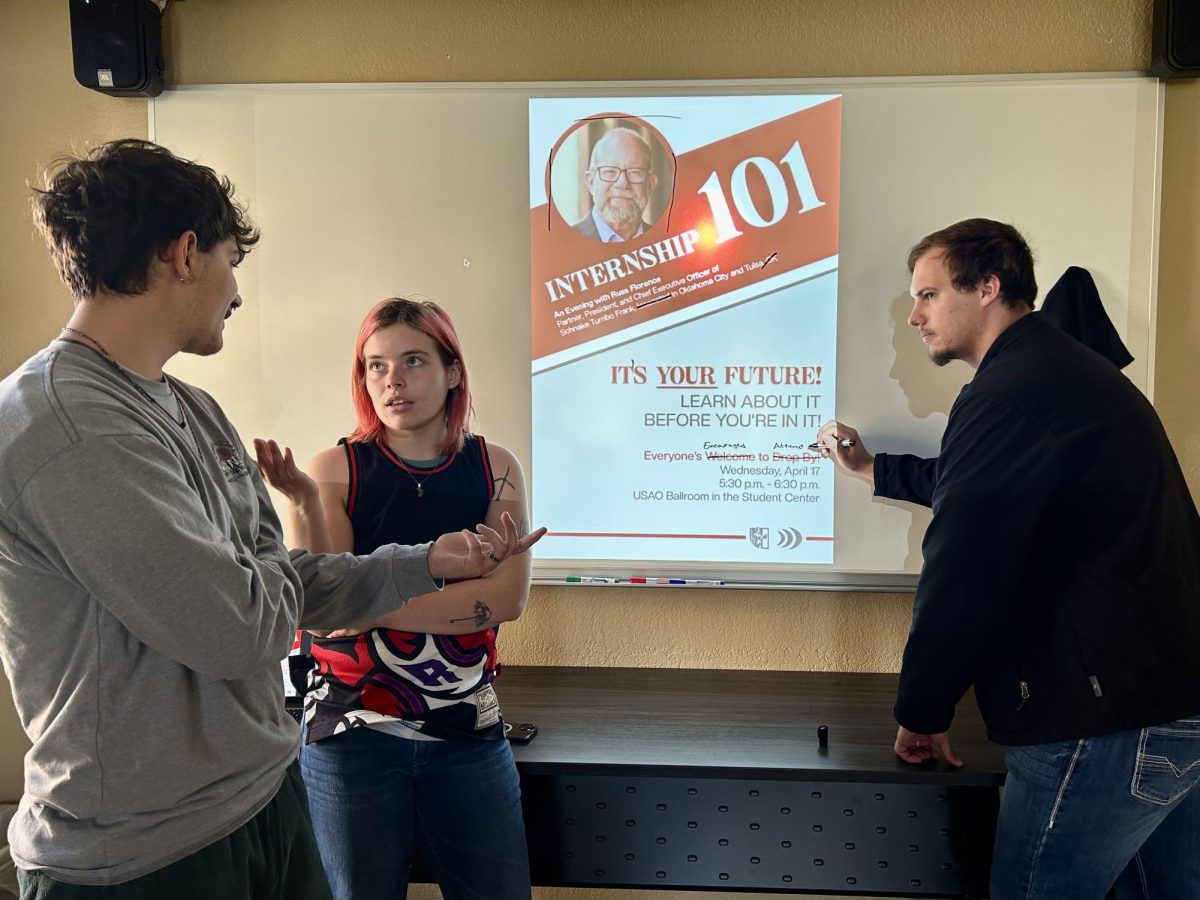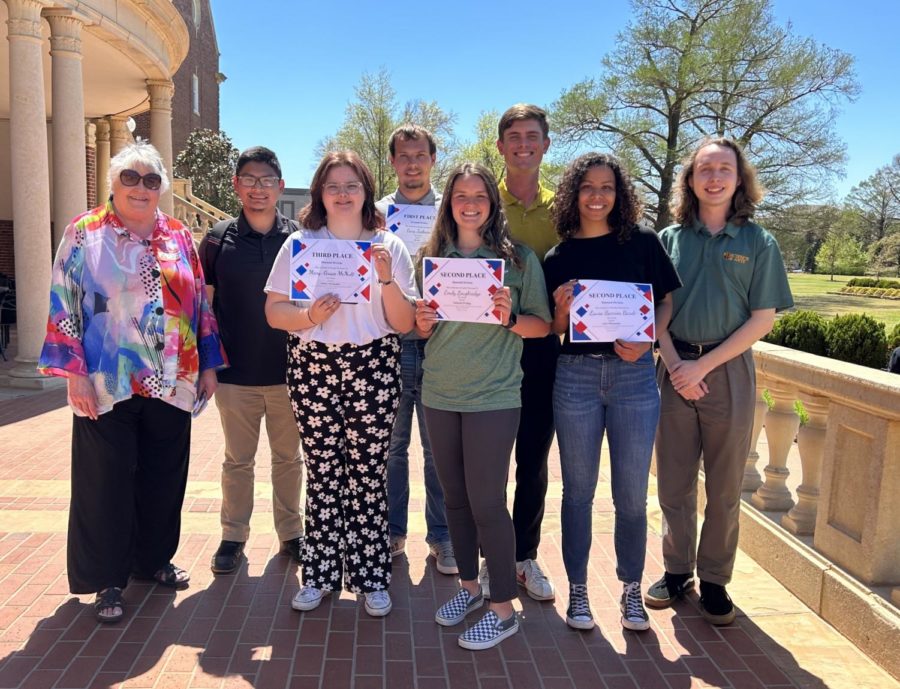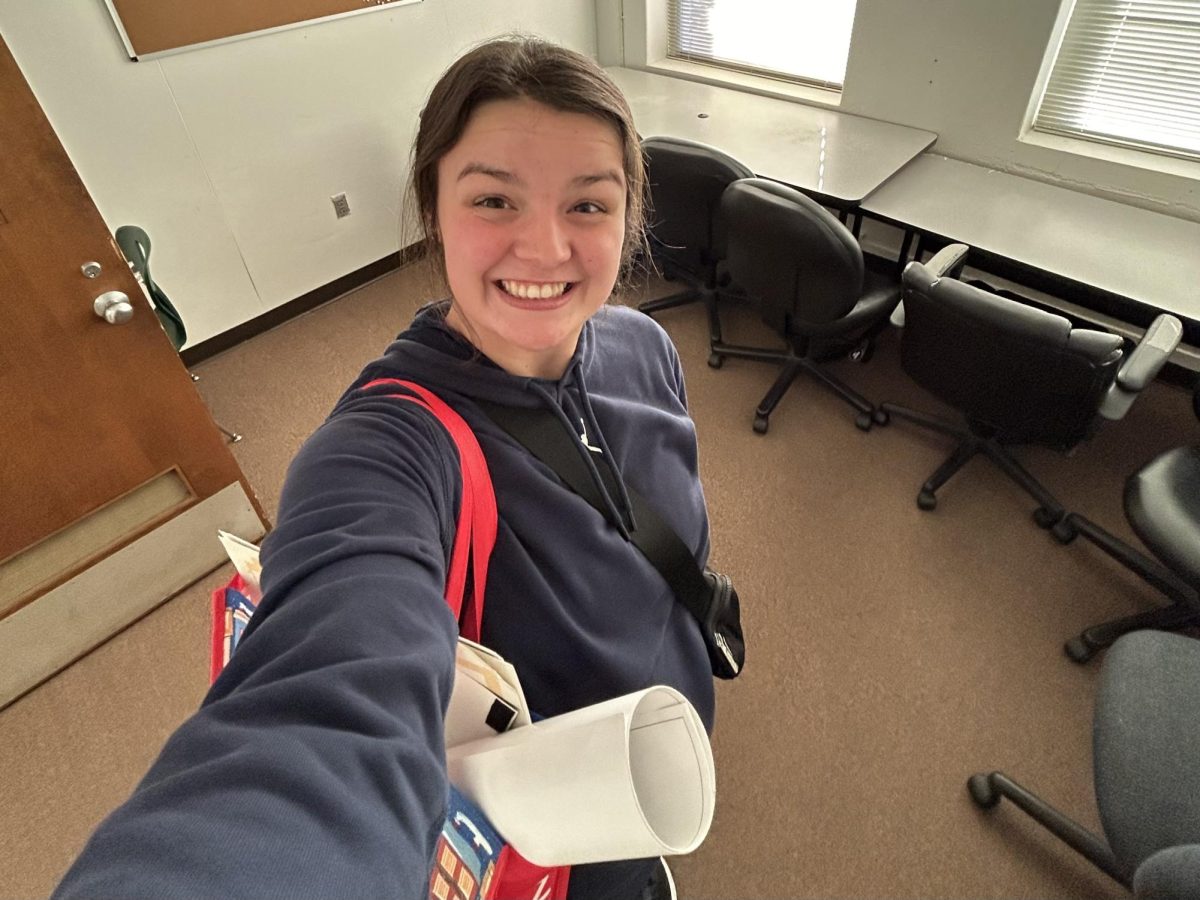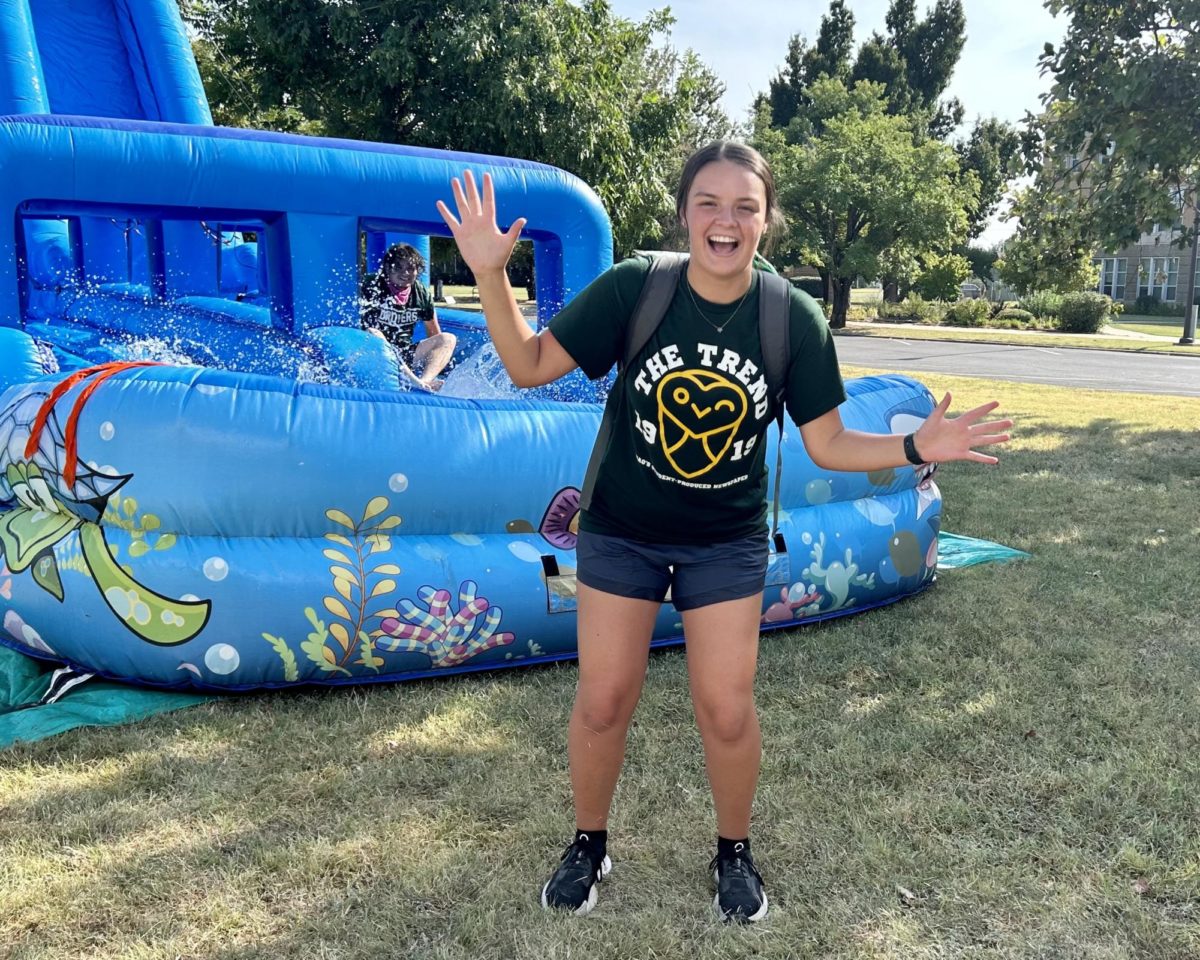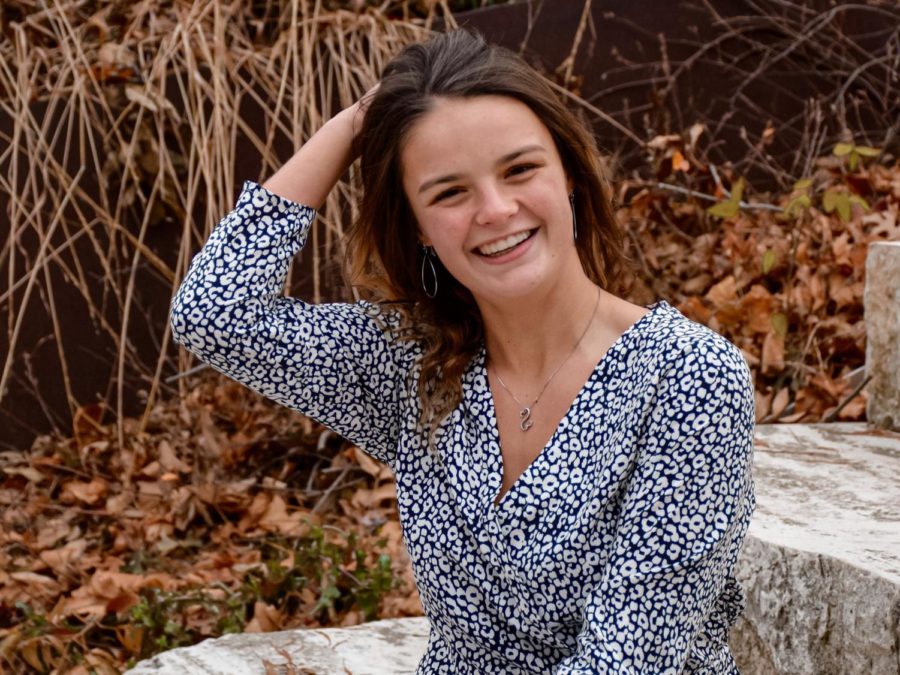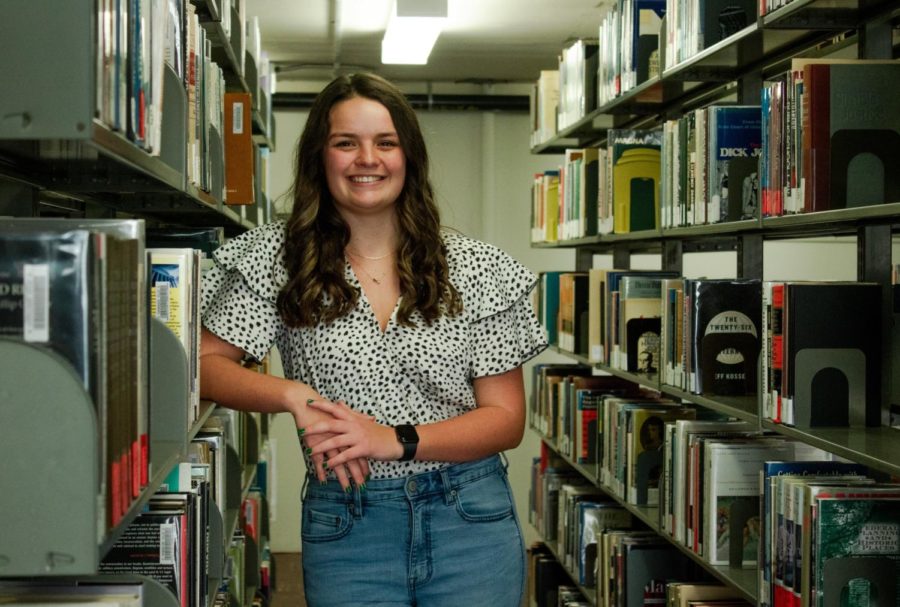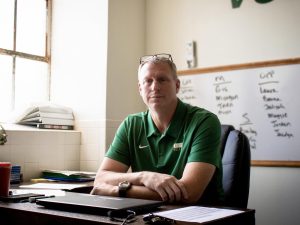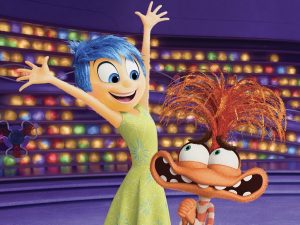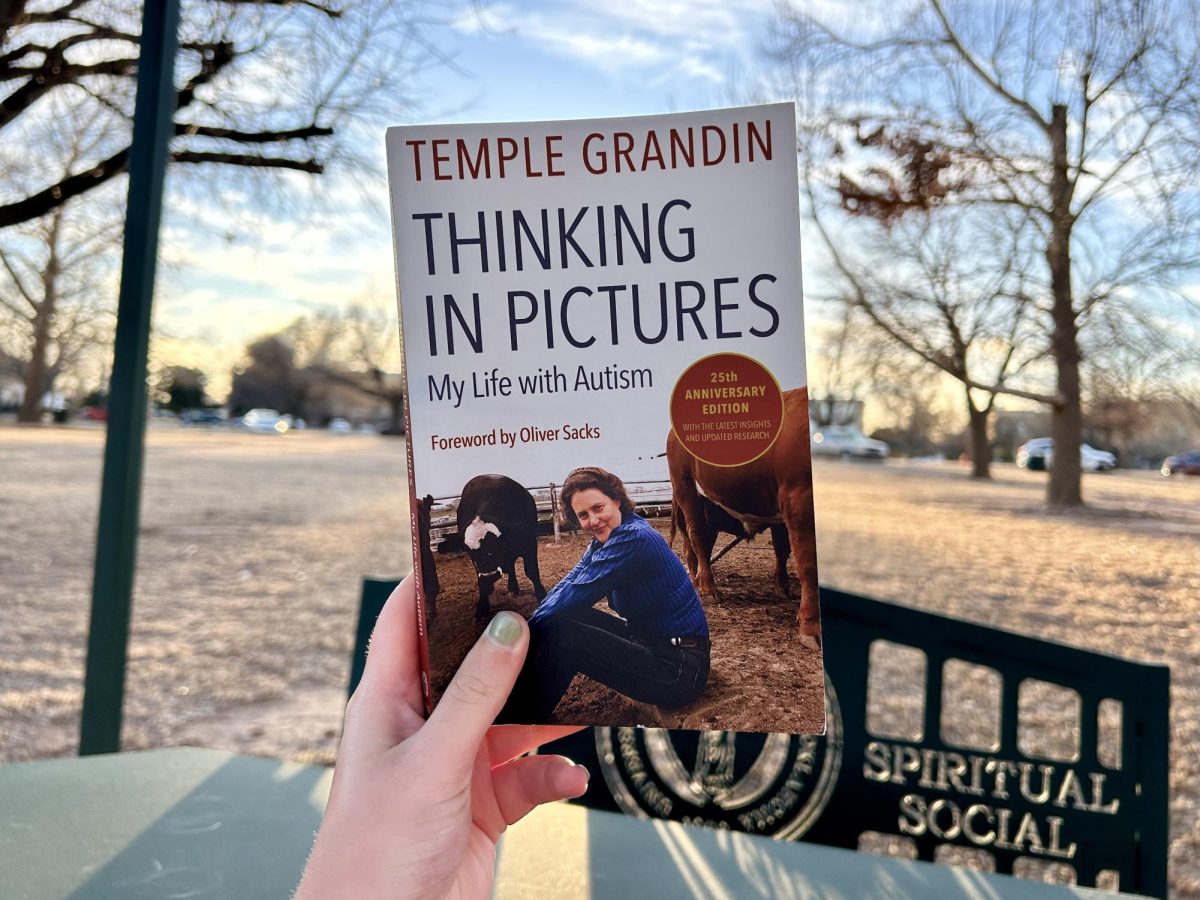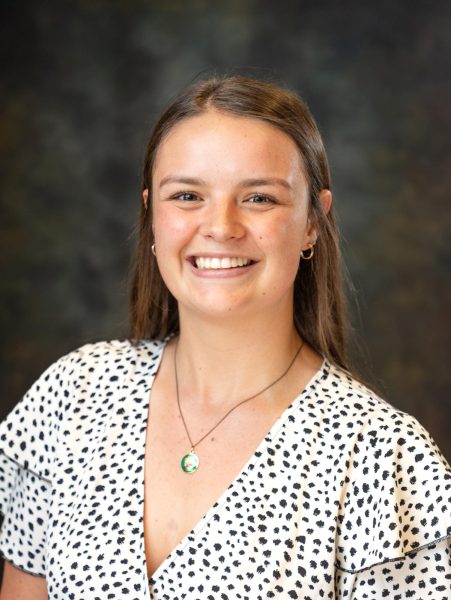In preparation for the Emerson-Wier Symposium, where Dr. Temple Grandin and Tim Herbel will come to discuss their respective fields and neurodiversity, I read Dr. Grandin’s book “Thinking in Pictures.”
Dr. Grandin is a gifted animal scientist who focuses on the humane treatment of animals, like cattle, in livestock-handling facilities. She is autistic and thinks in pictures and videos, instead of words like many people, which has benefitted her immensely in her career. Her book gives a look inside her head as she shares accounts from her childhood, her career, and her research into autism.
This book was wildly fascinating! Dr. Grandin shares how we all believe we think the exact same as everyone else, which is not true. Eventually, she learned that there are three ways of thinking, which could be the first step to better understanding those around us. Throughout her book she explores the different variations in thinking and how the differences can lead to great innovation or satisfaction in particular fields.
“The world needs all kinds of thinkers and all kinds of emotional types to make good decisions that will benefit society. The first step is to become aware that different types of thinking and emotions exist,” Dr. Grandin said in the afterword of “Thinking in Pictures.”
Throughout the 11 chapters, she returns to certain themes often, one of which is her upbringing and how it benefited her immensely. Dr. Grandin was born in 1947 and is the oldest of four children. She discusses how she grew up playing a lot of board games, and how that taught her from an early age how to take turns, share toys, and that you won’t always win in every situation. She continually states that learning these ideas through games could benefit autistic children, and honestly I believe it would benefit all children to have those ideas in grained into them. She also touches on the heroes she watched on television and the examples they set for her. She said that they were always the good guys and never acted out of line, whereas compared to the heroes children watch today, who regularly bend the law for what might be considered the greater good. Dr. Grandin said that this might be confusing for young children, especially those on the spectrum.
Another point that made me pause and reflect back on the educators and mentors I’ve had, is when she discusses how much her positive mentors impacted her. She talks about how one mentor who truly believes in a student – who puts the work in to understand that student – could completely change the course of their life. The thought continues when she talks about how children on the spectrum need people who are innovative and find ways to engage the child. It’s important, in Dr. Grandin’s eyes, to lean into a child’s abilities. One of her examples is of a child who loves trains. To allow the child to remain engaged and comfortable try reading books about trains or solving math problems dealing with trains, as this already interests the child and asks them to expand their knowledge.
As mentioned, Dr. Grandin’s specialty is cattle, and her ability to think in pictures is what allowed her to be so successful in her career. She can place herself in what she calls the “cow’s eye view,” which is where she can picture herself as the cow working through a particular system. She can literally picture how the cow will feel, what will make it calm, what will frighten it. Before Dr. Grandin this was not a common thought; She completely changed the way people view cattle and livestock handling.
Dr. Grandin did an immaculate job of writing her book in a way that is easily read by everyone, while discussing extremely detailed information, such as diagnoses and various medicines and side effects, paired with an abundance of research is incredible. She eloquently discusses major topics of sensory sensitivity, emotions, talent, relationships, and religion while always relating it back to autism. Dr. Grandin states that she learned best with concrete examples, and she provides relevant concrete examples of her concepts that help the reader learn and understand where she is coming from.
This book should make it onto everyone’s “To Be Read” list simply because it makes you stop and think for a moment. If we have the opportunity to learn more about those around us, why wouldn’t we?
Emily Loughridge is a third-year communication major at the University of Science and Arts of Oklahoma.


